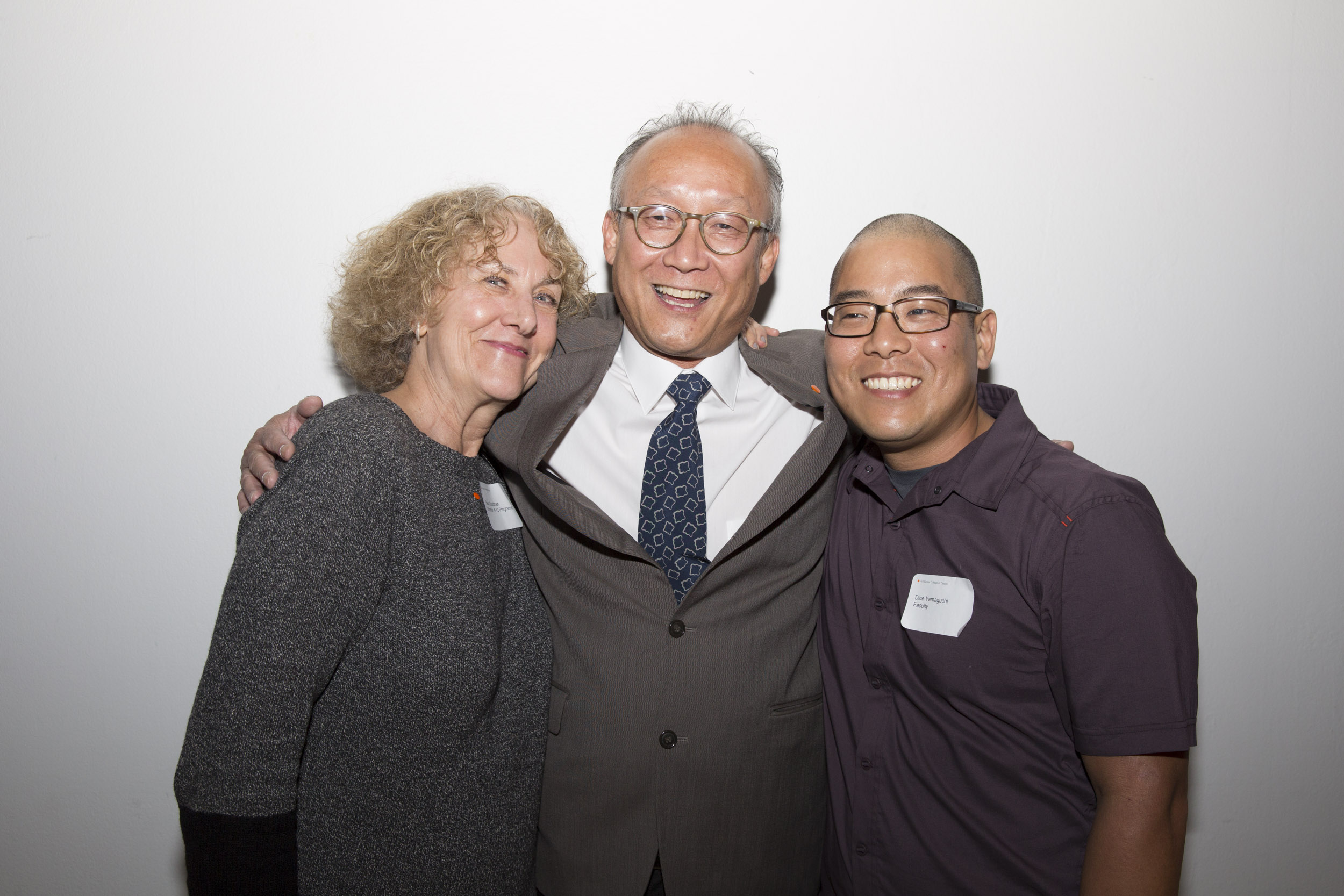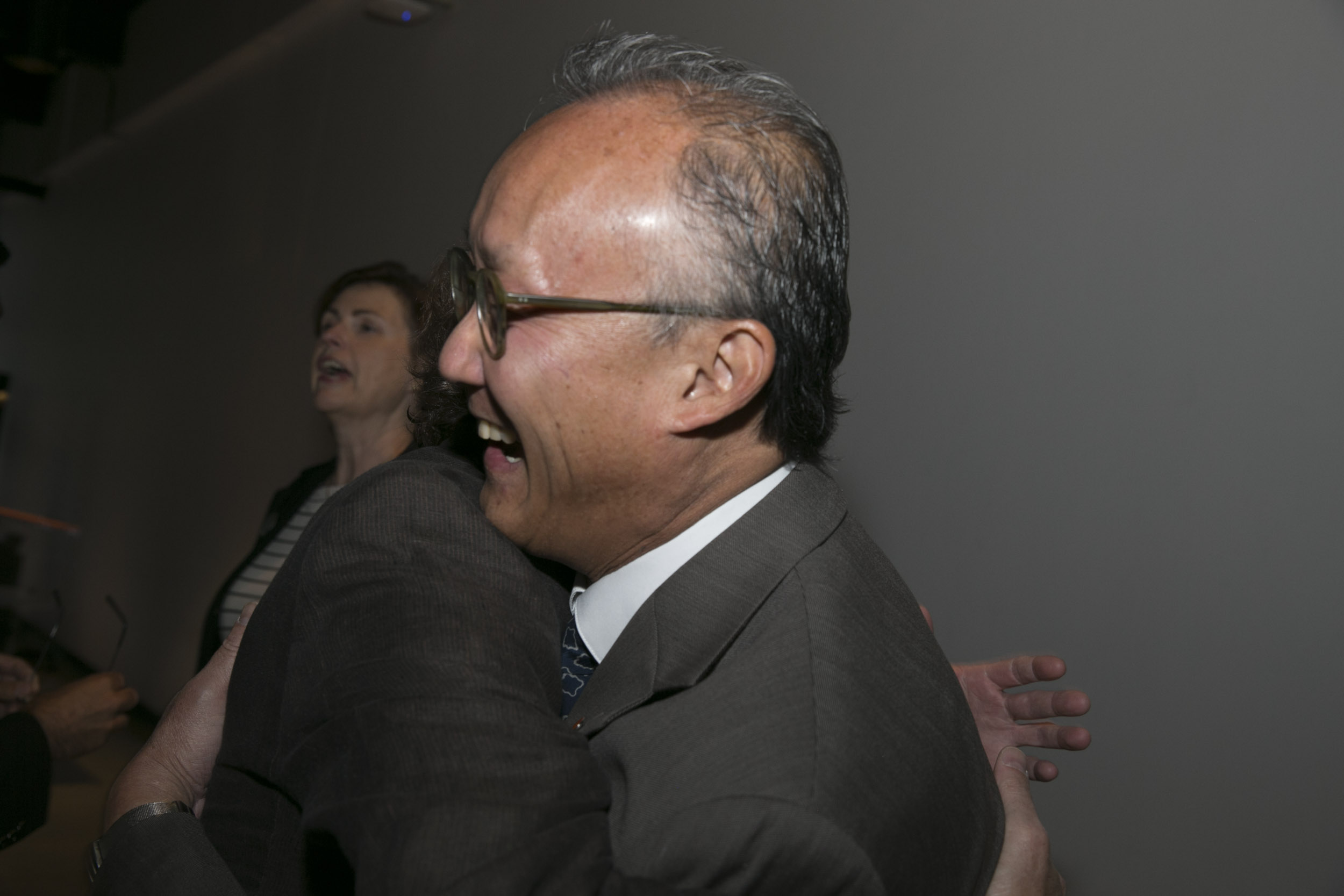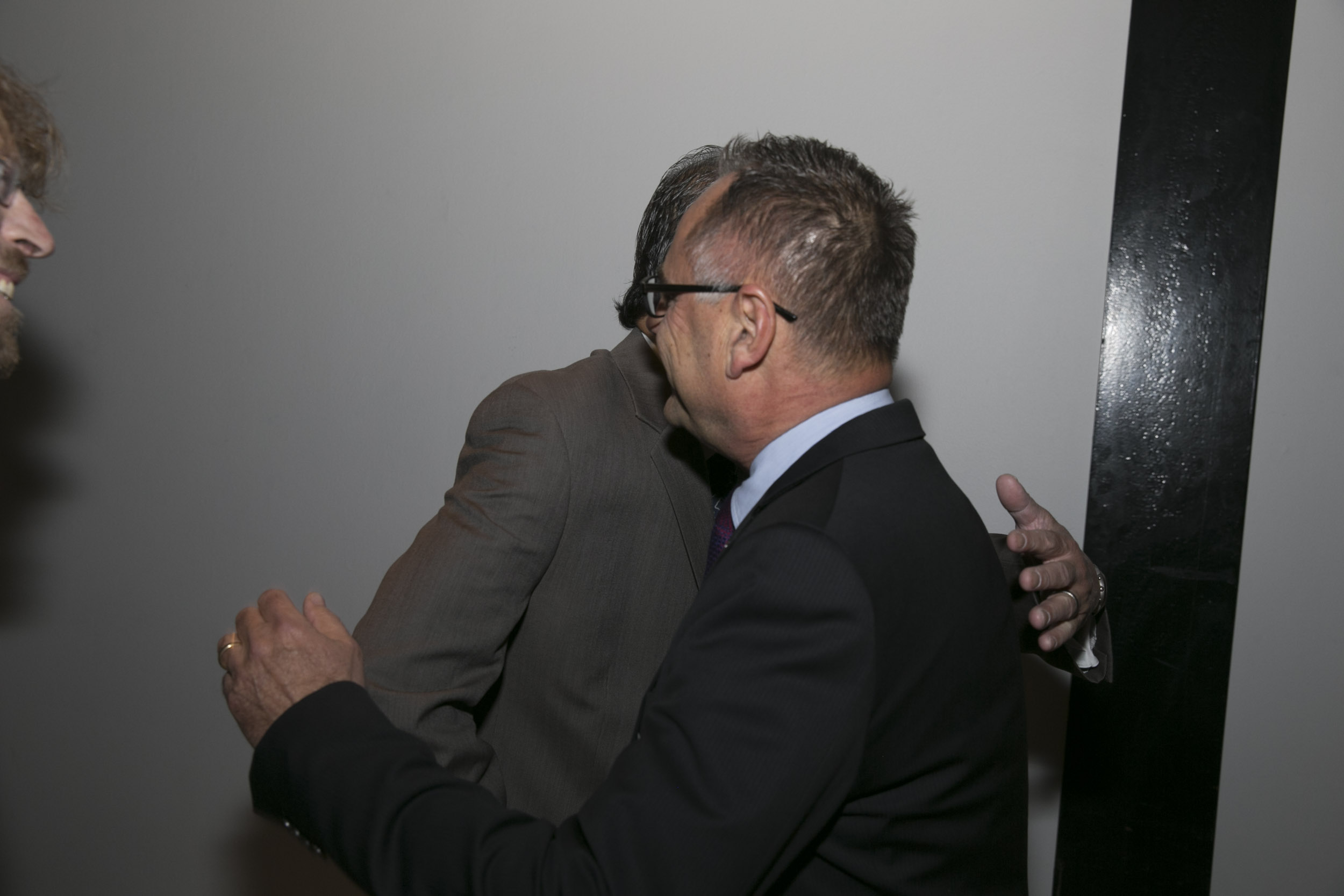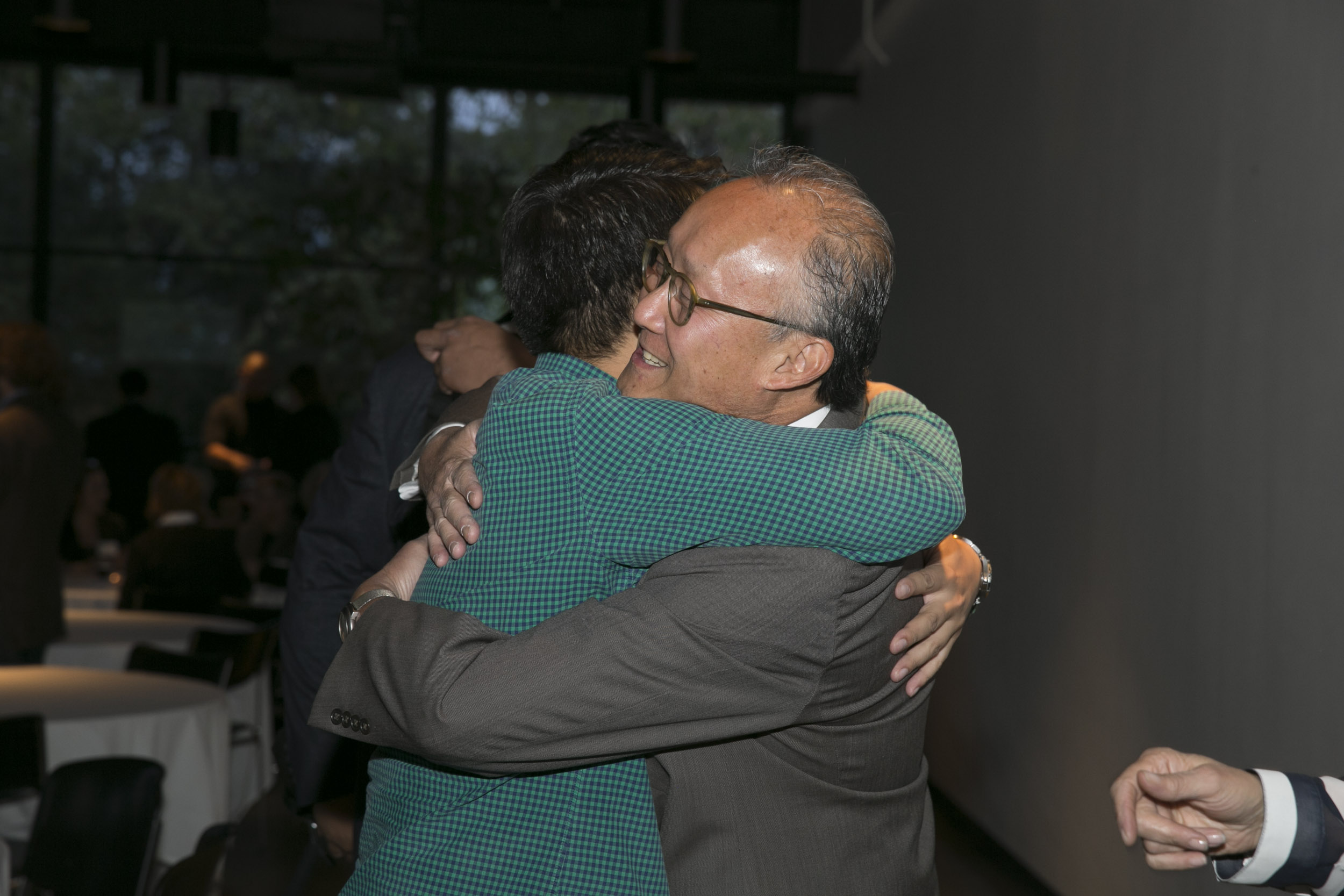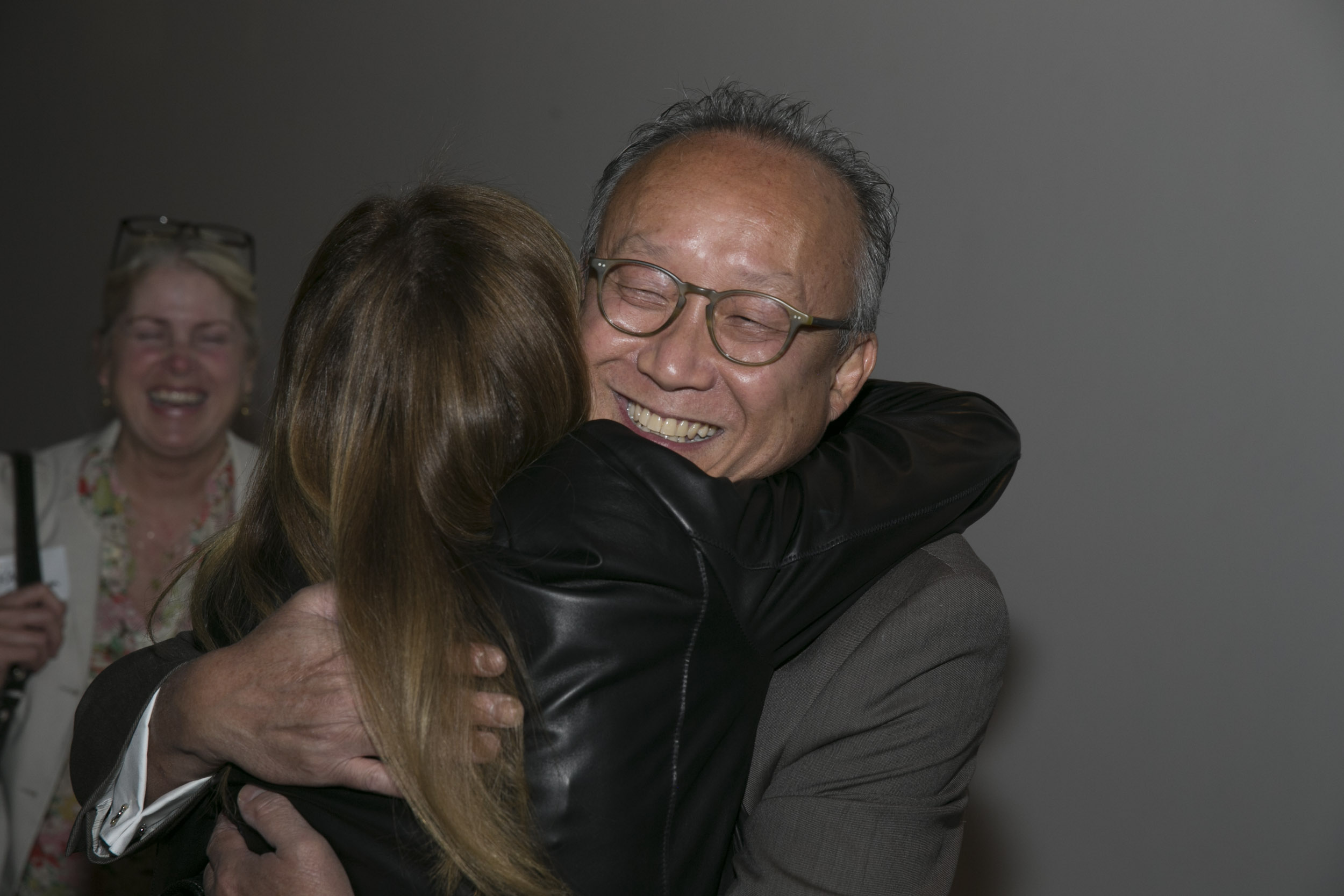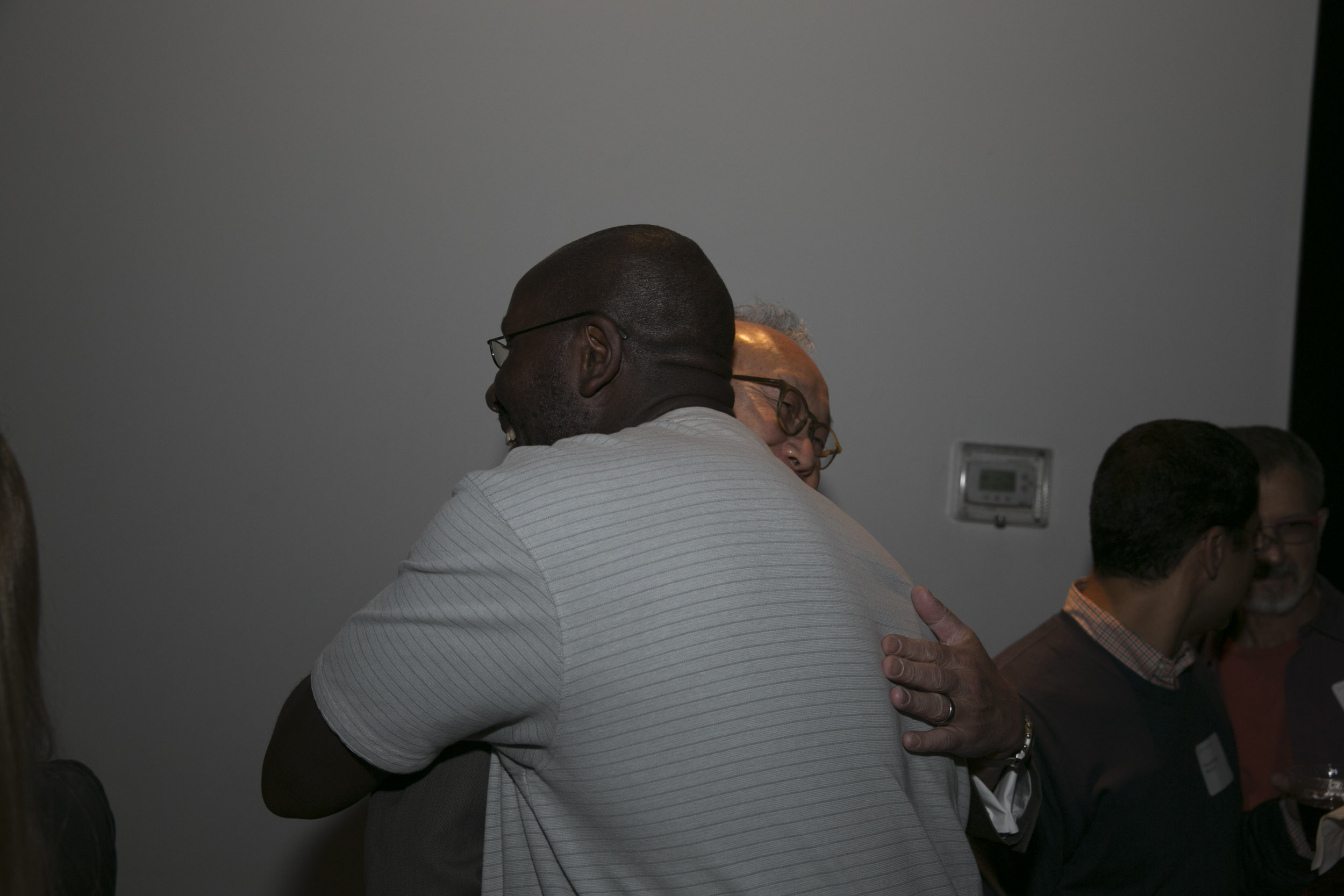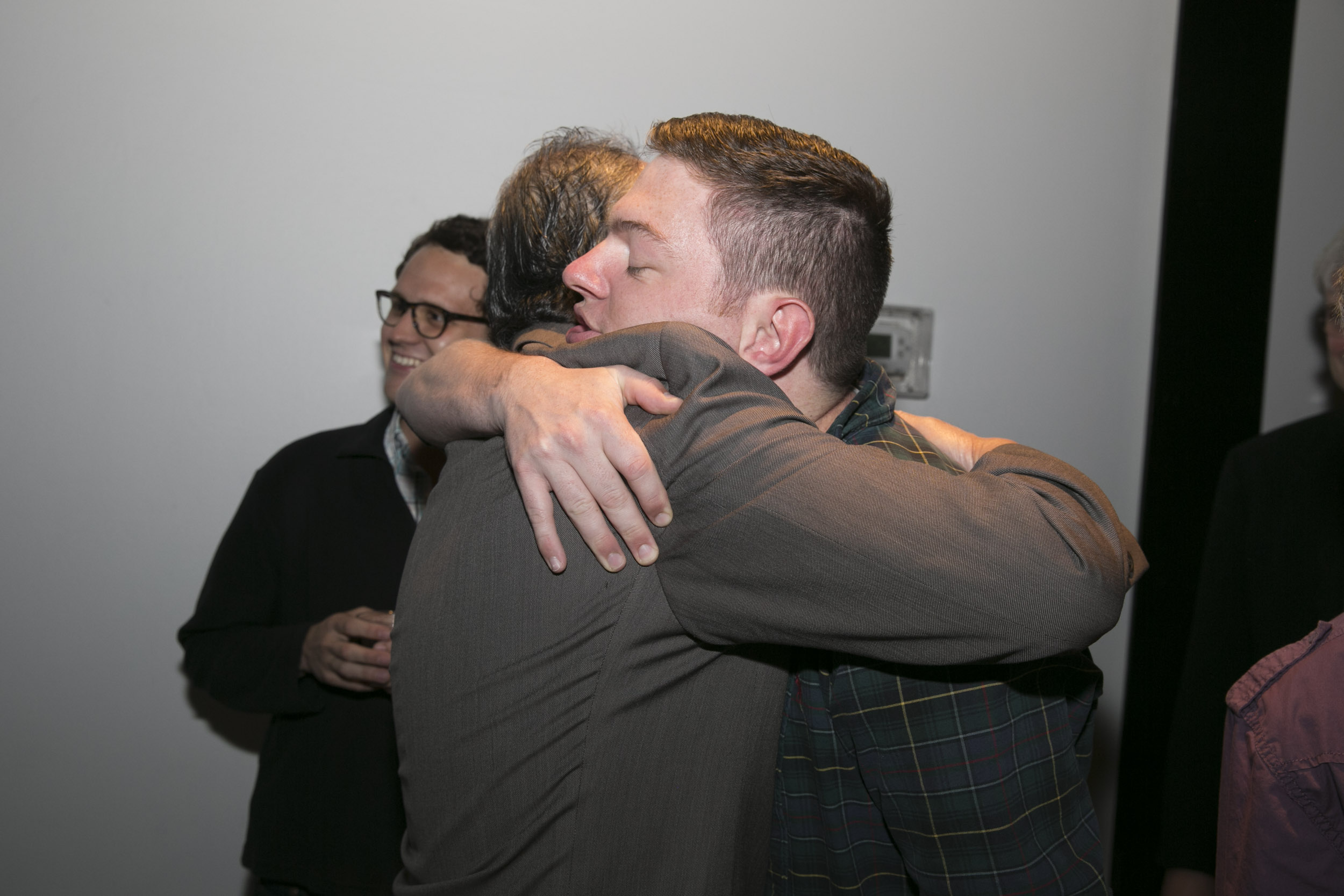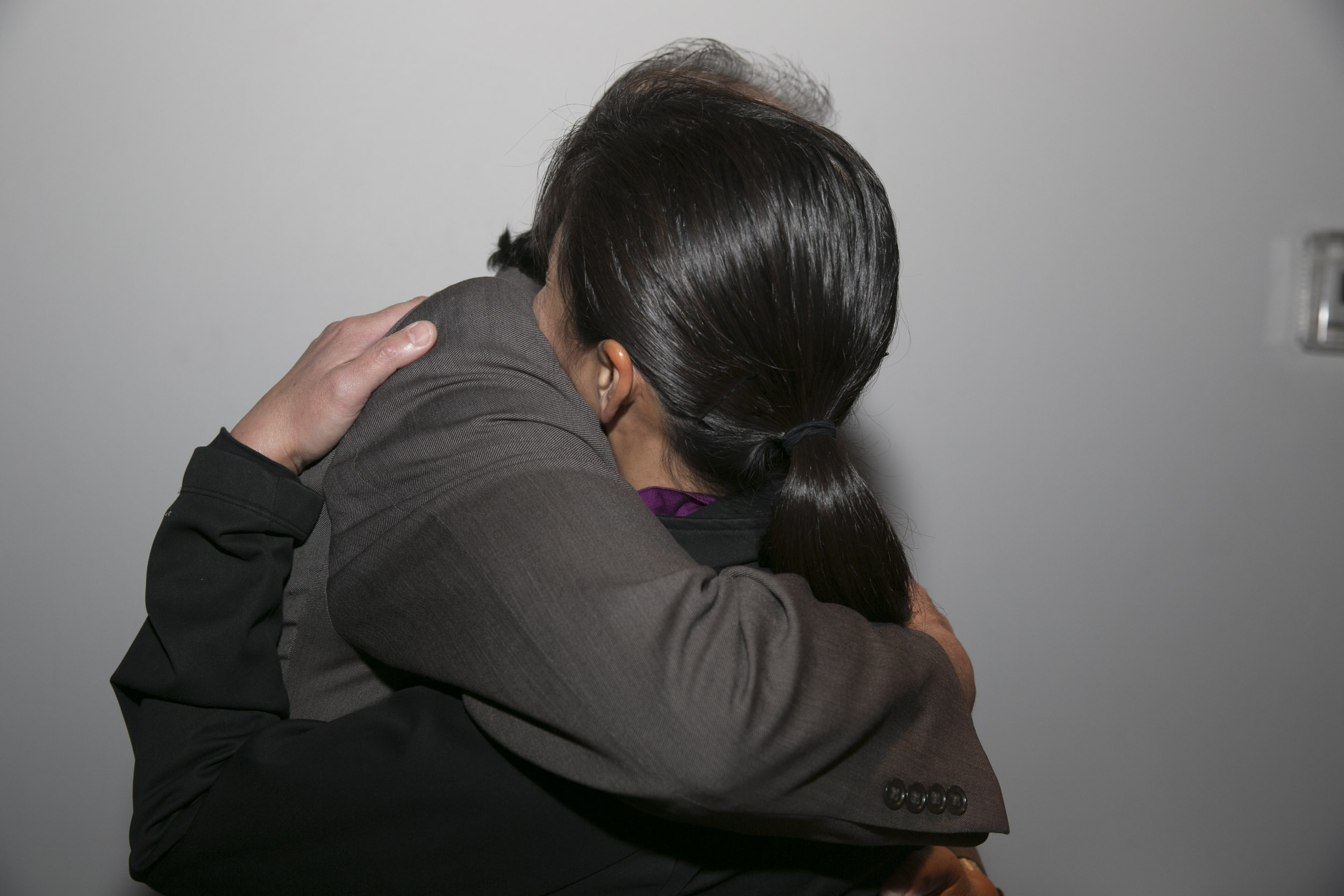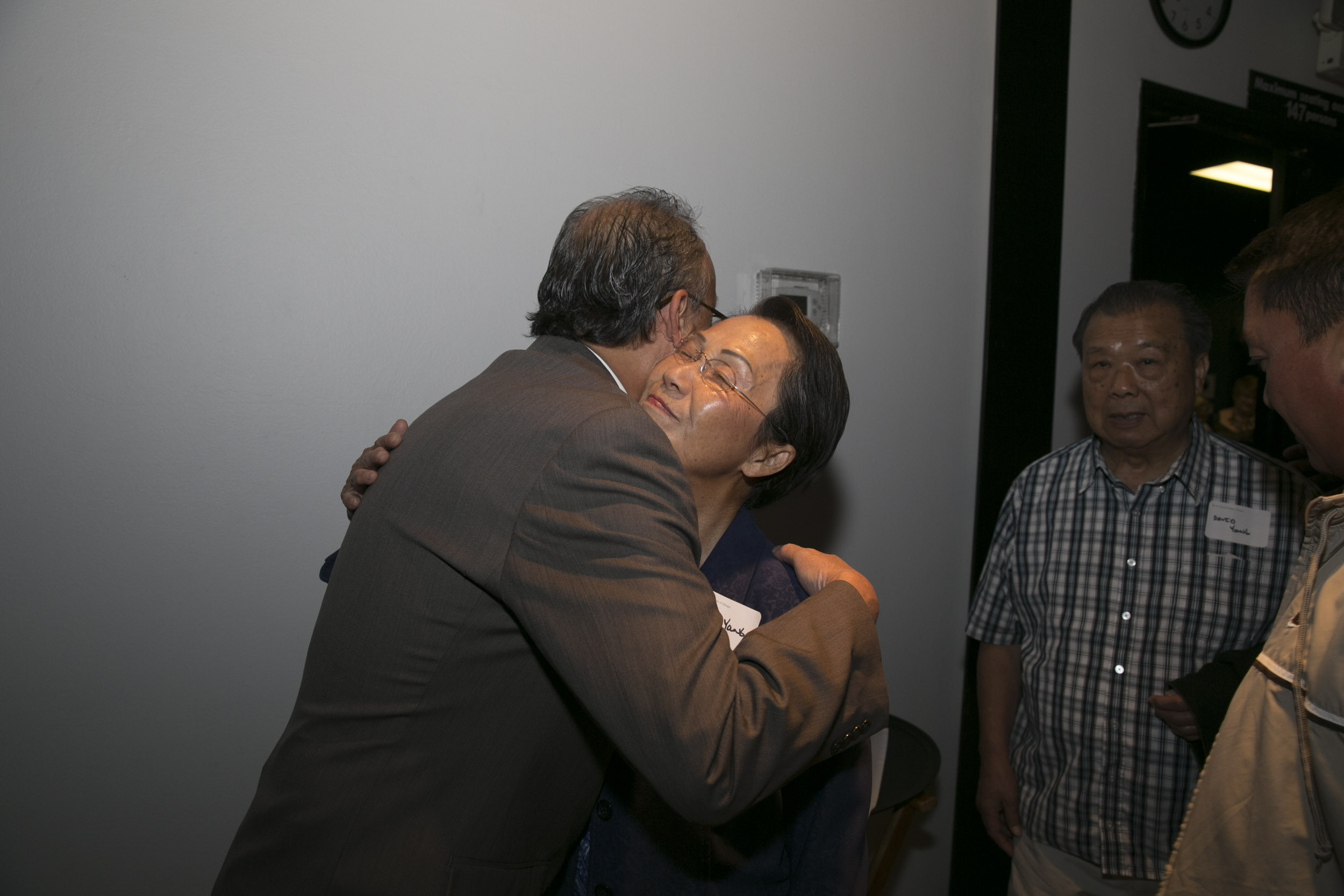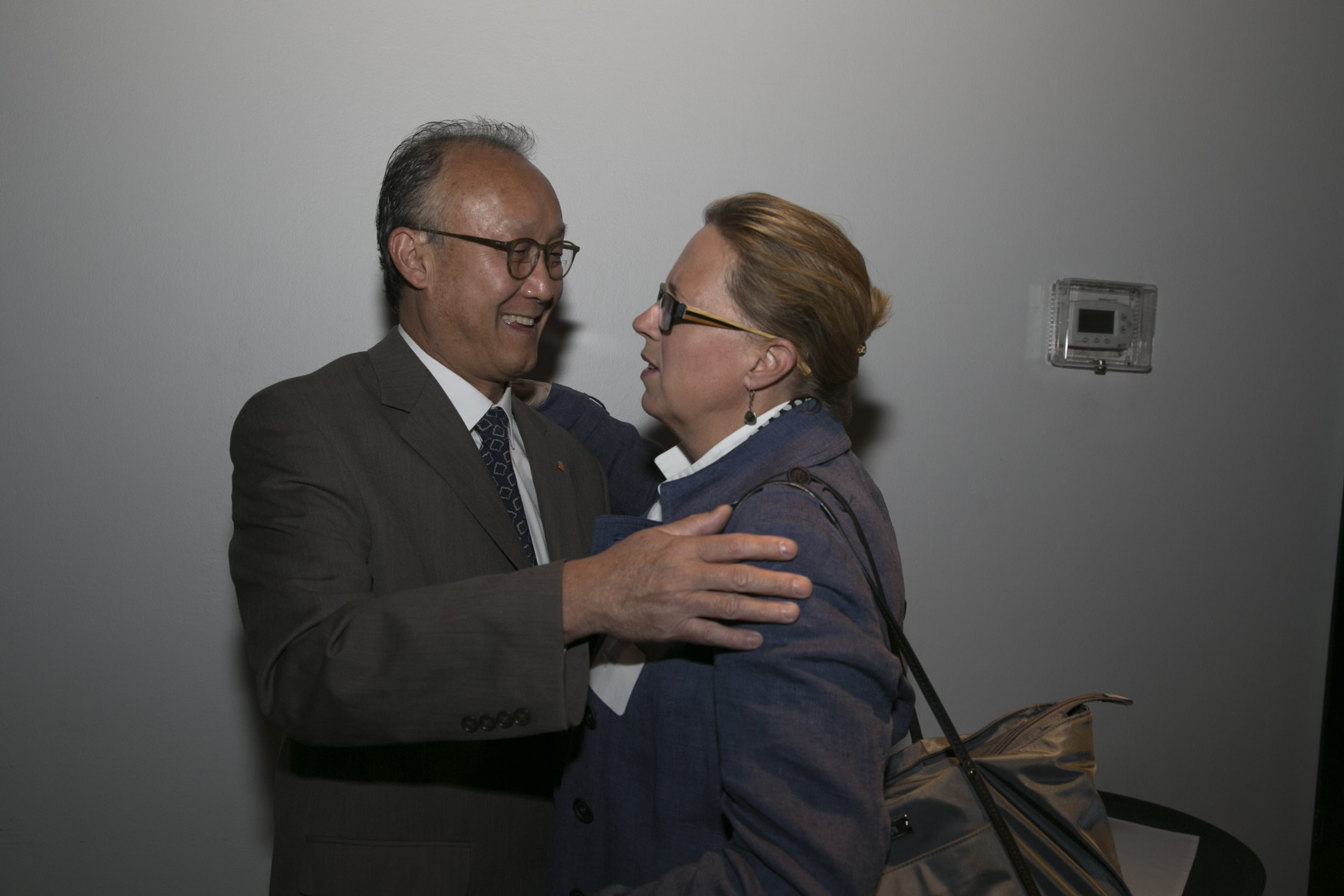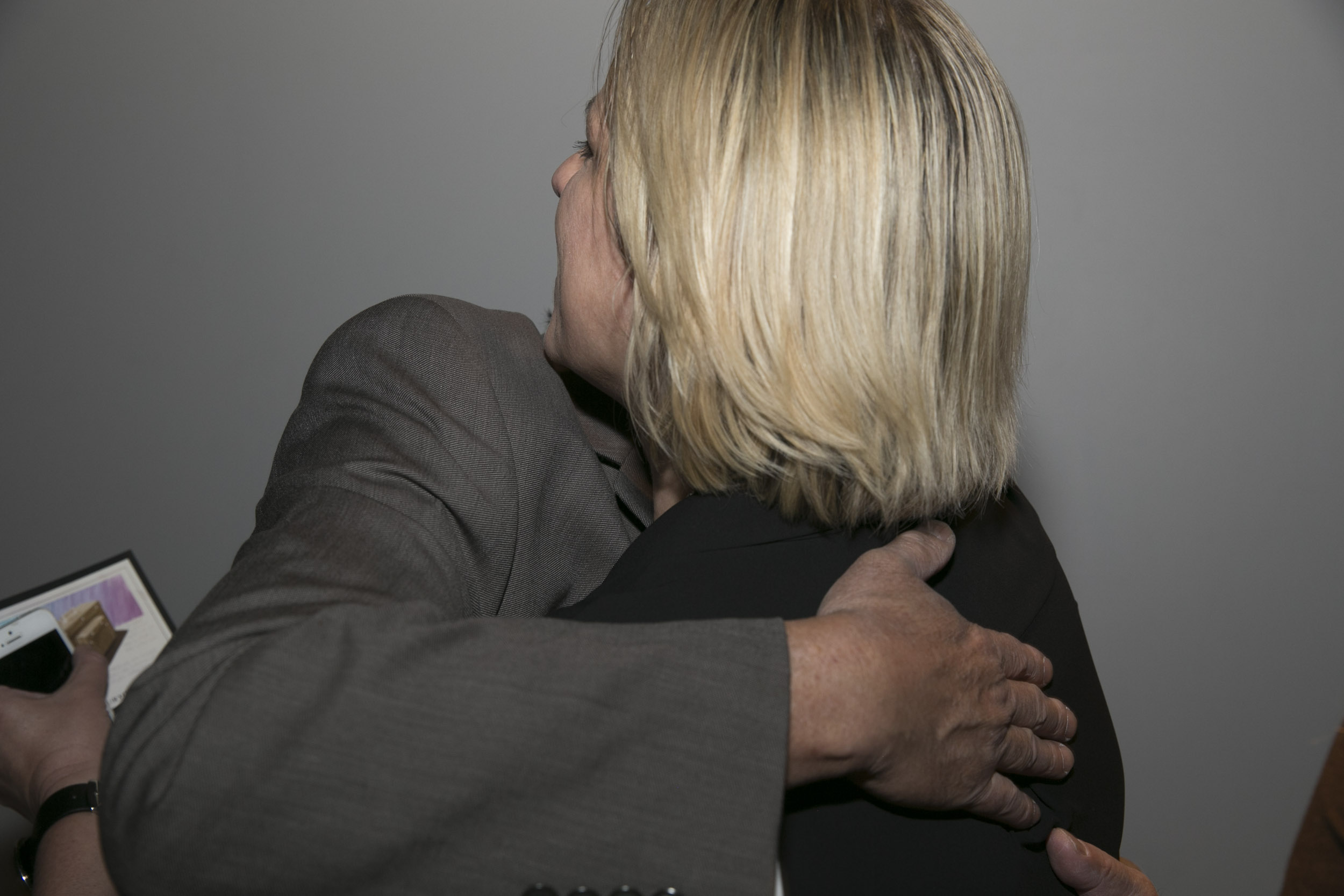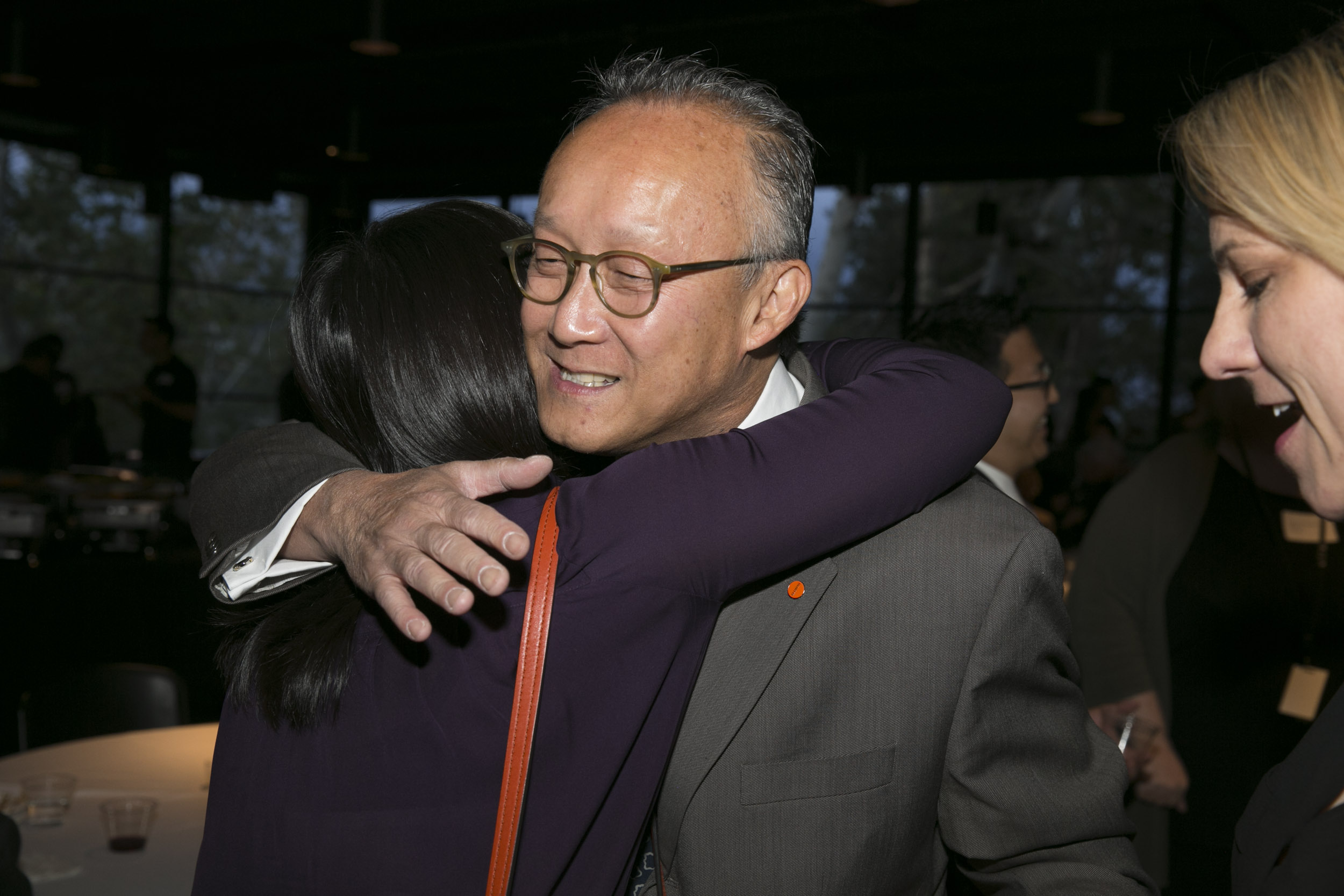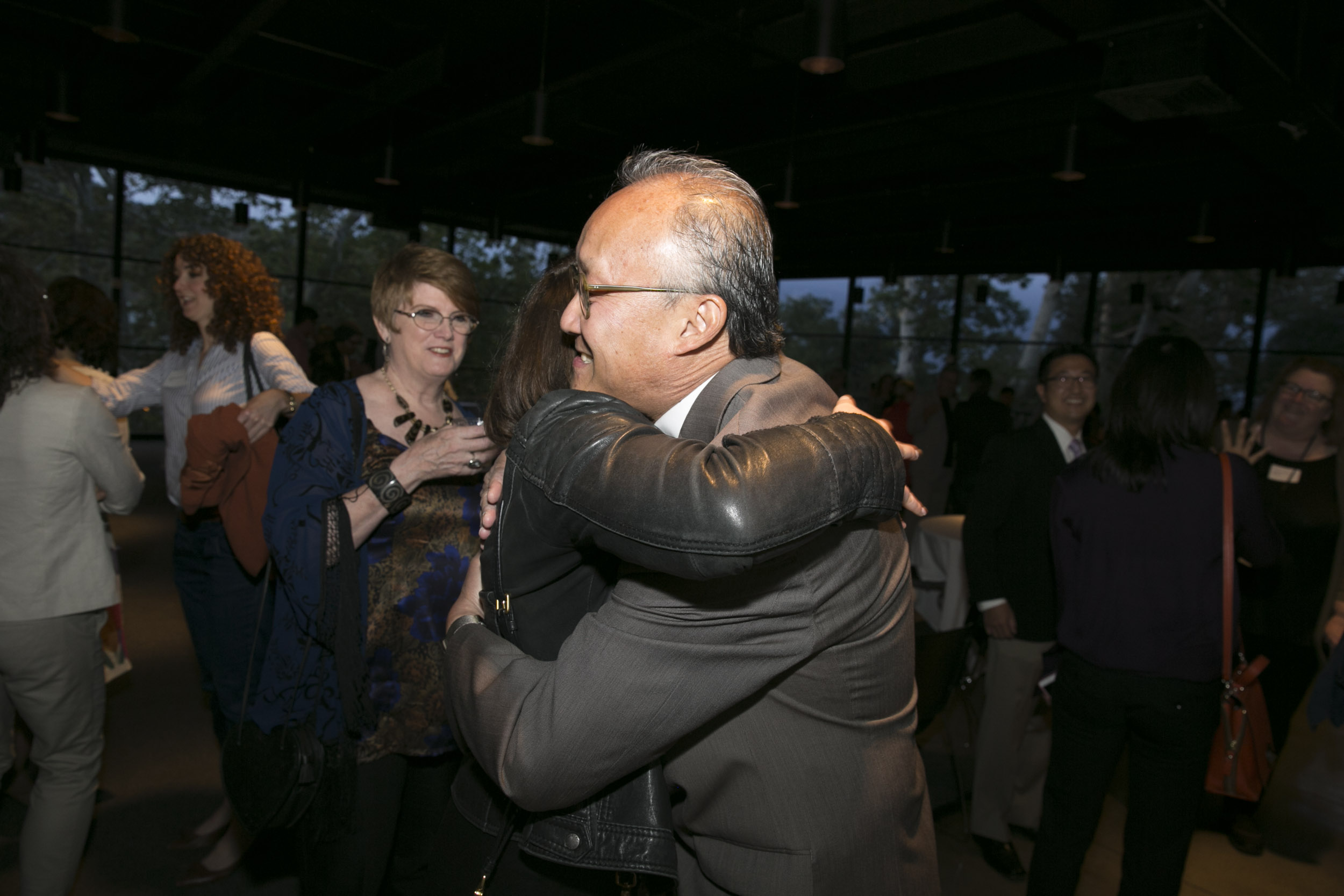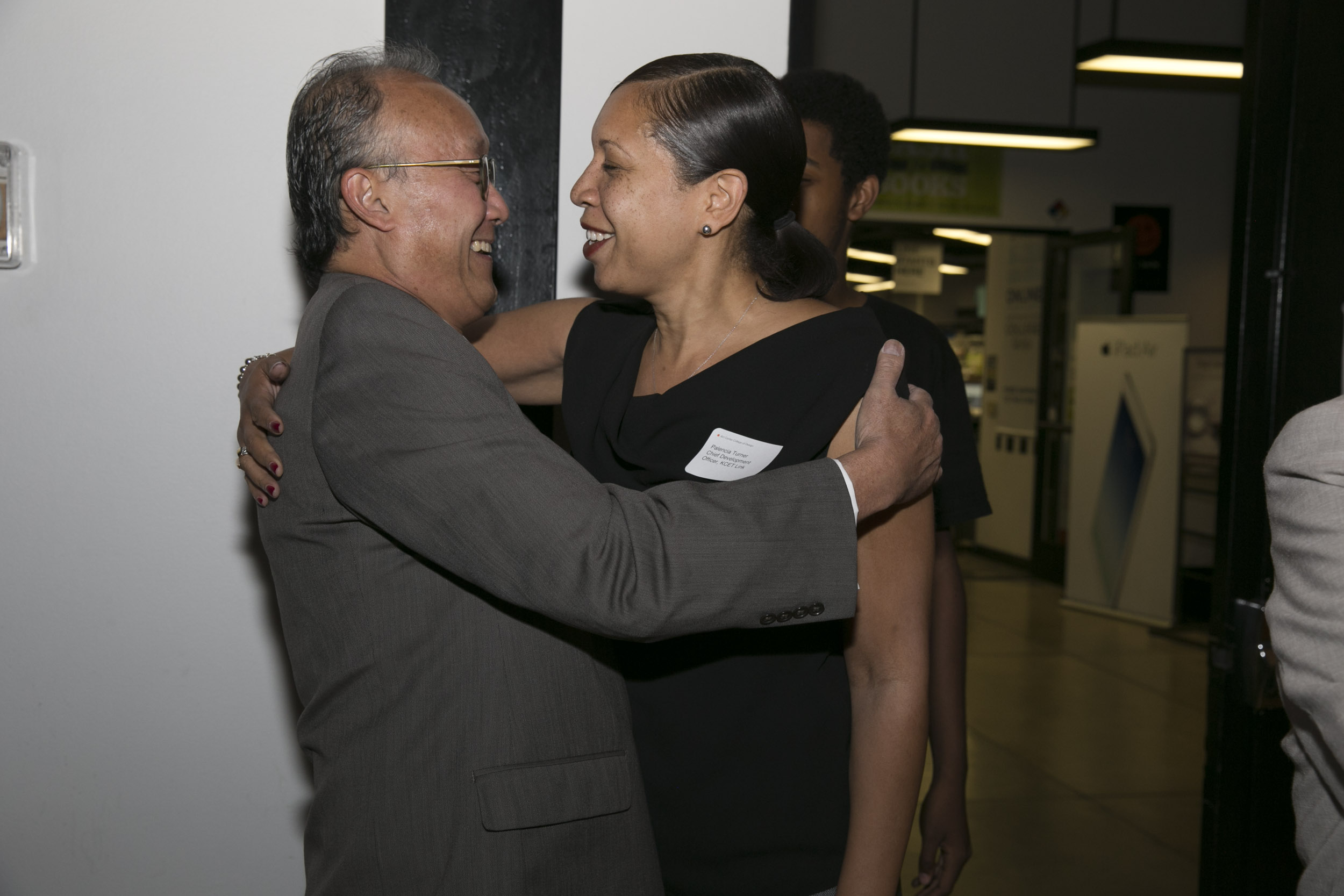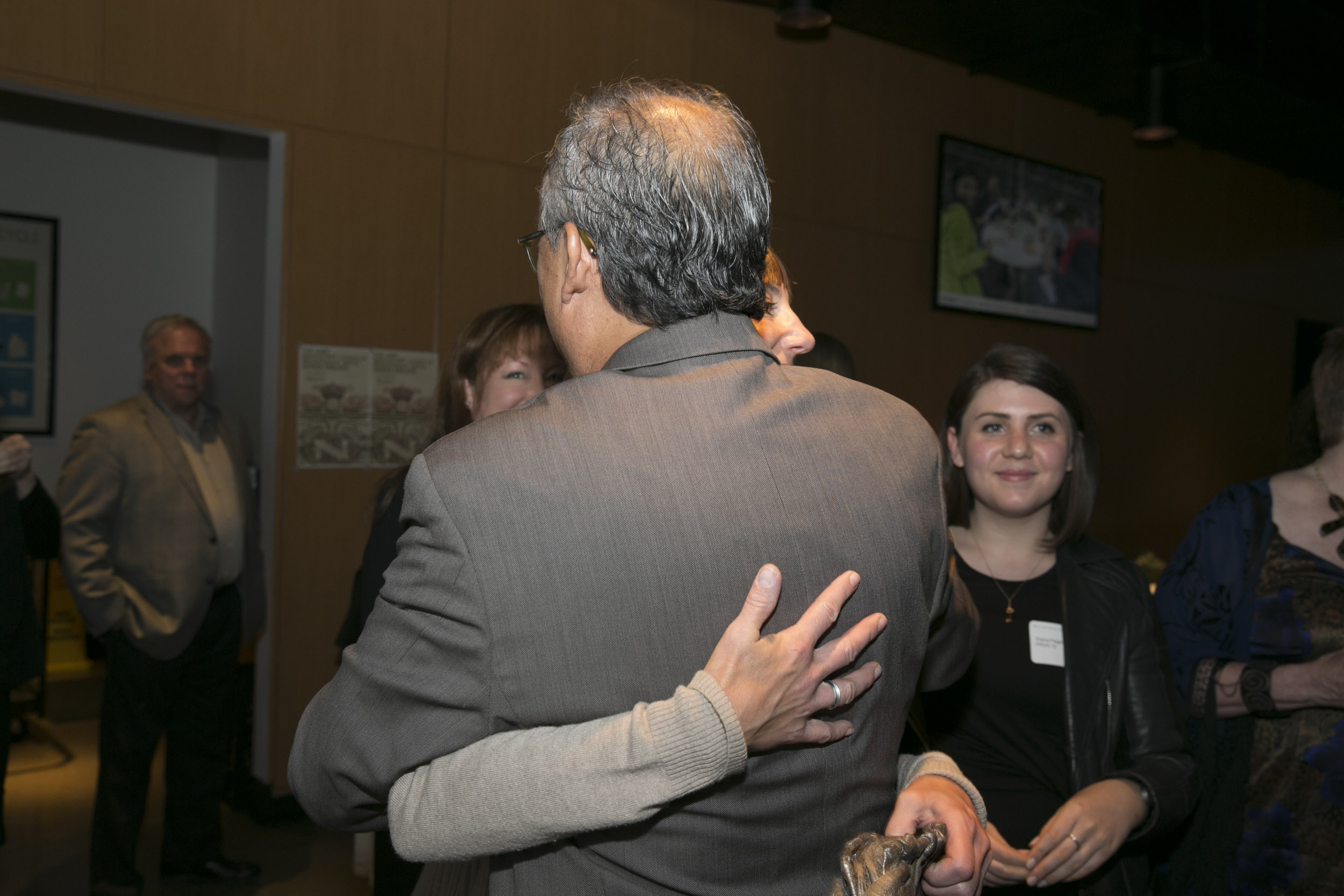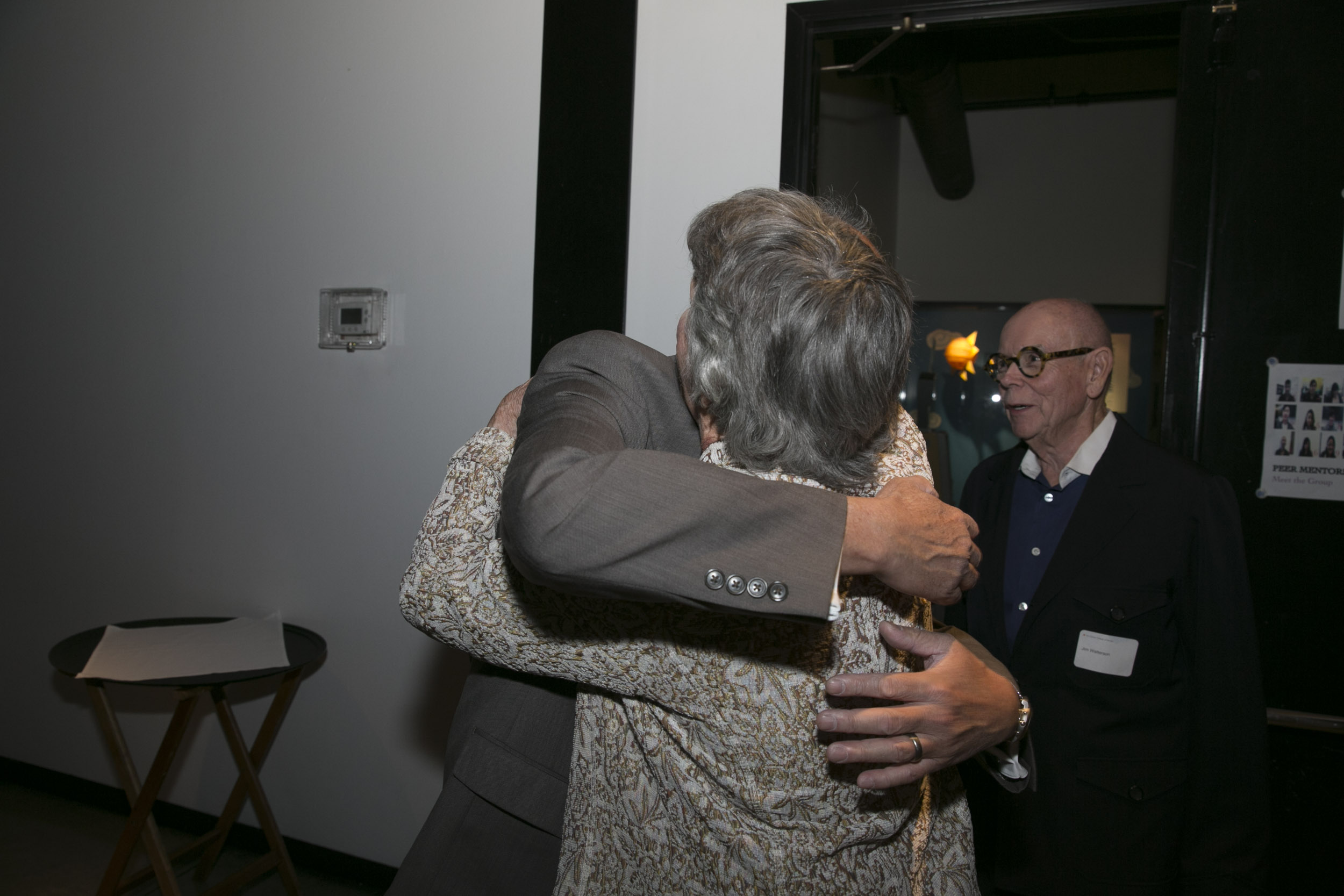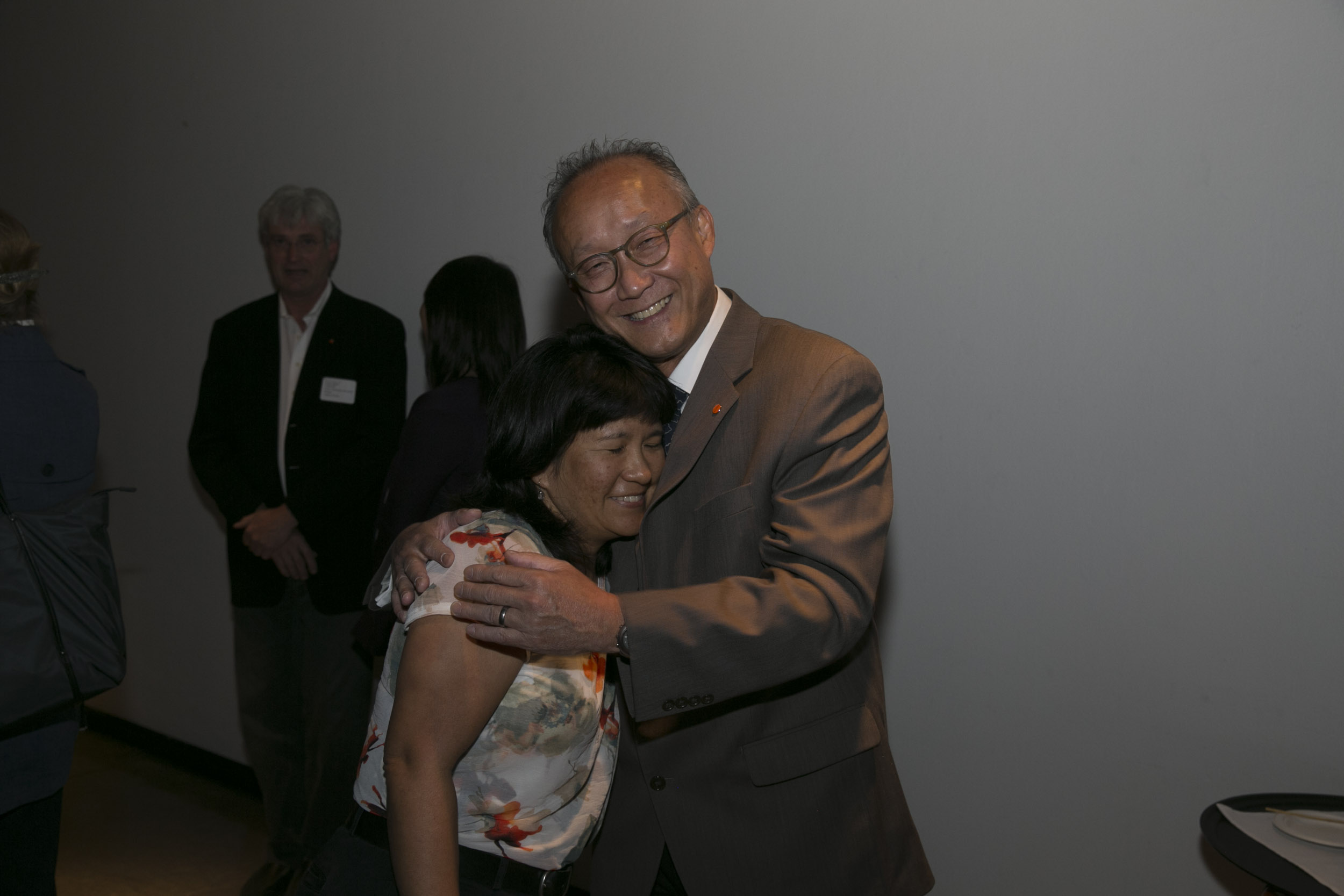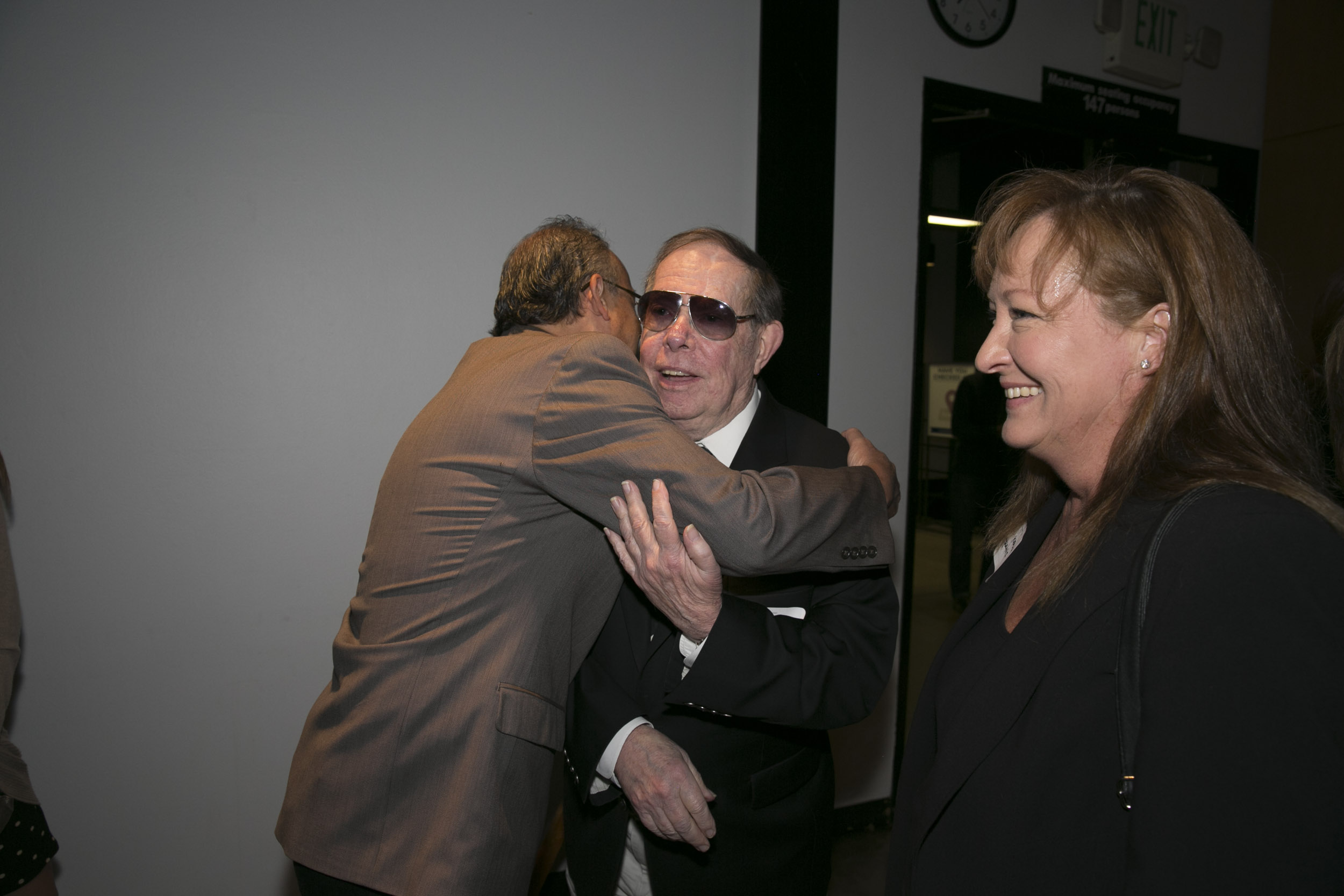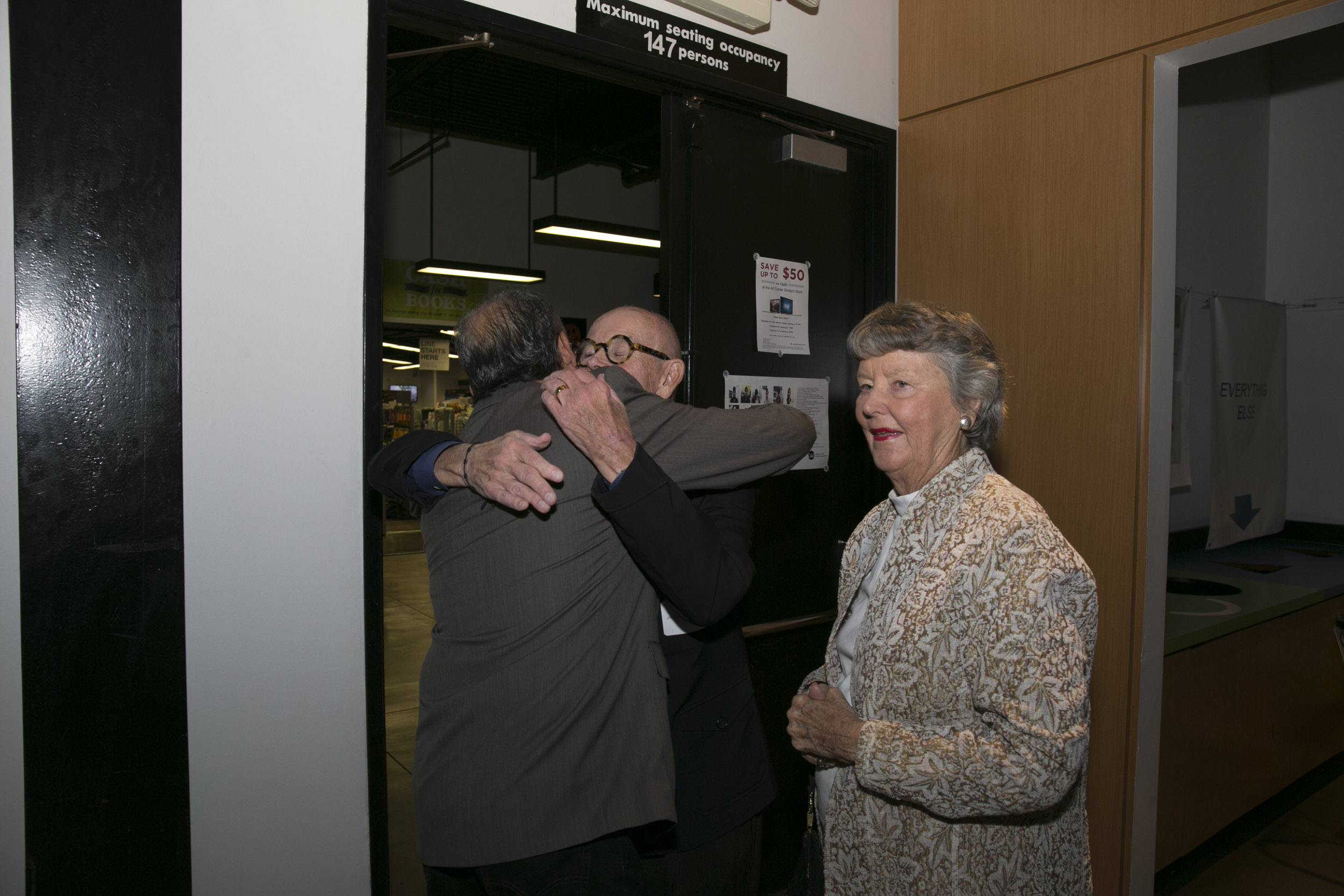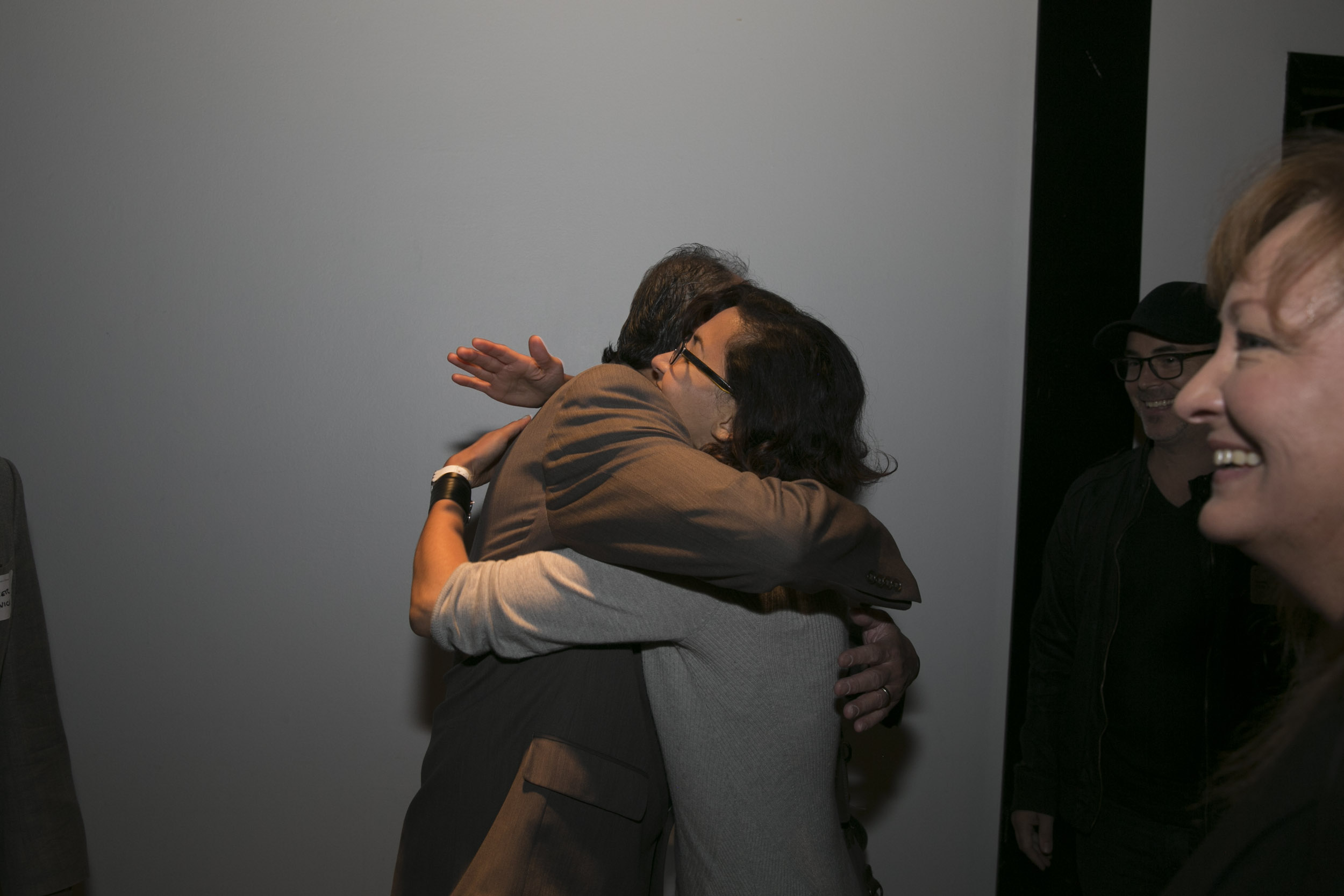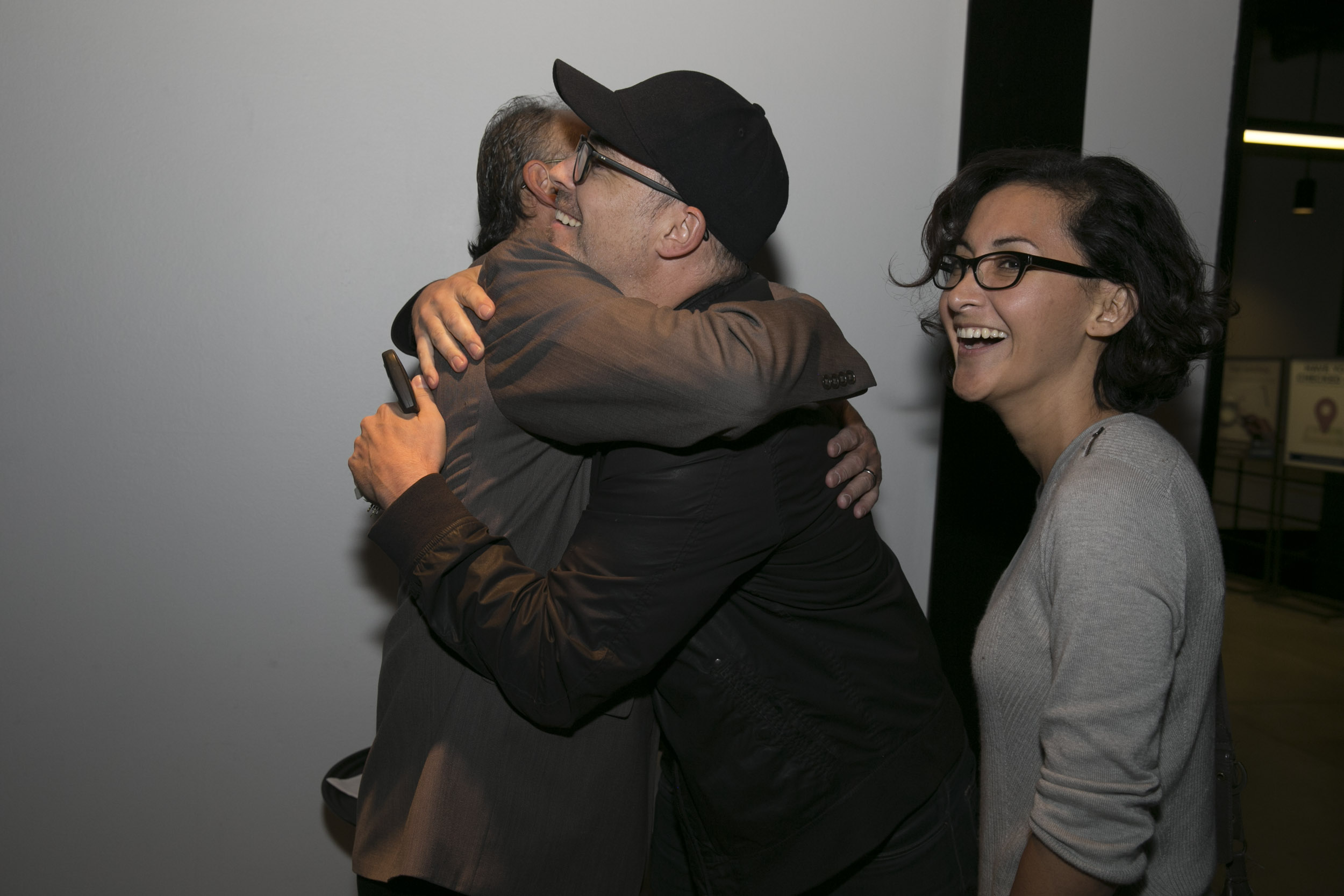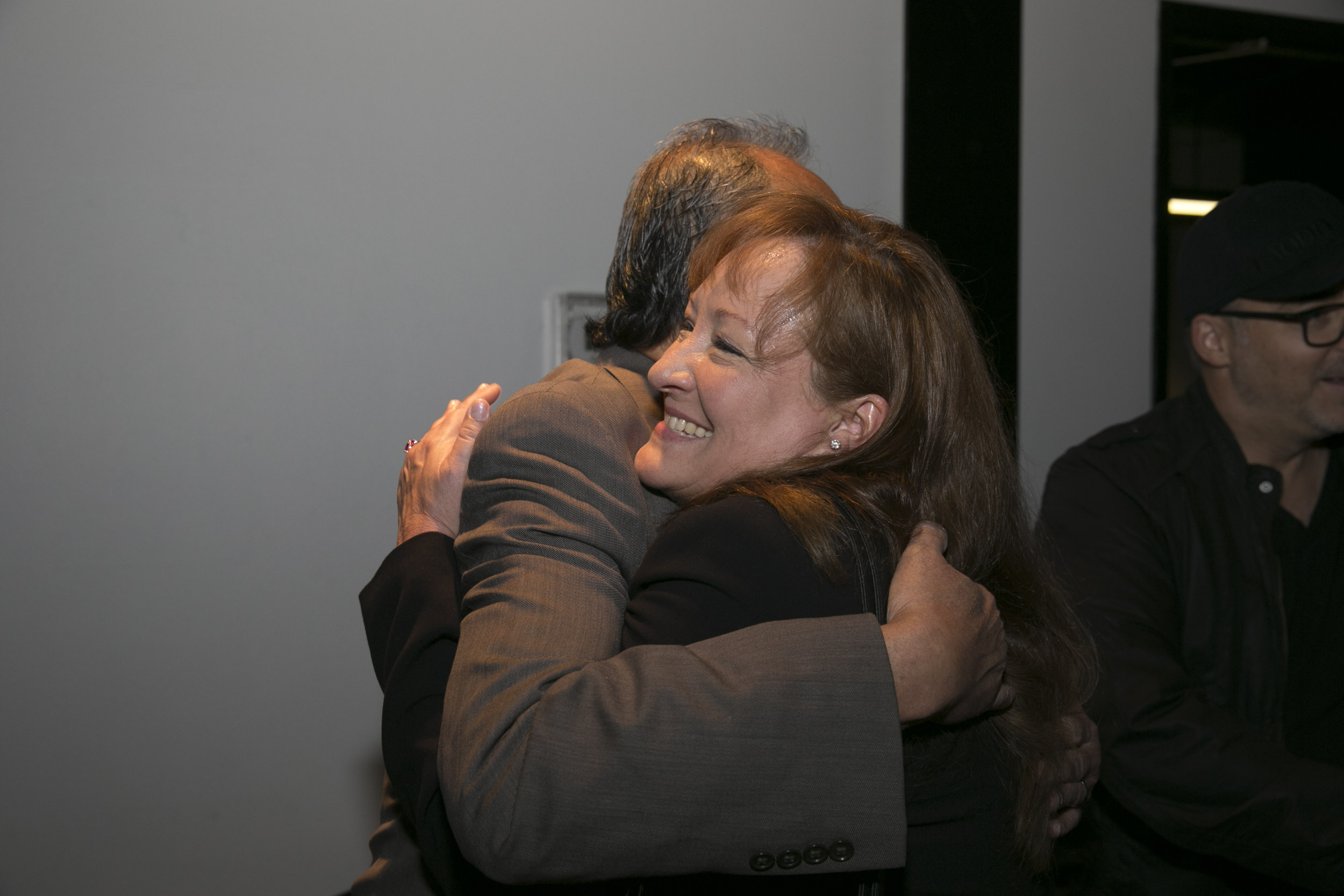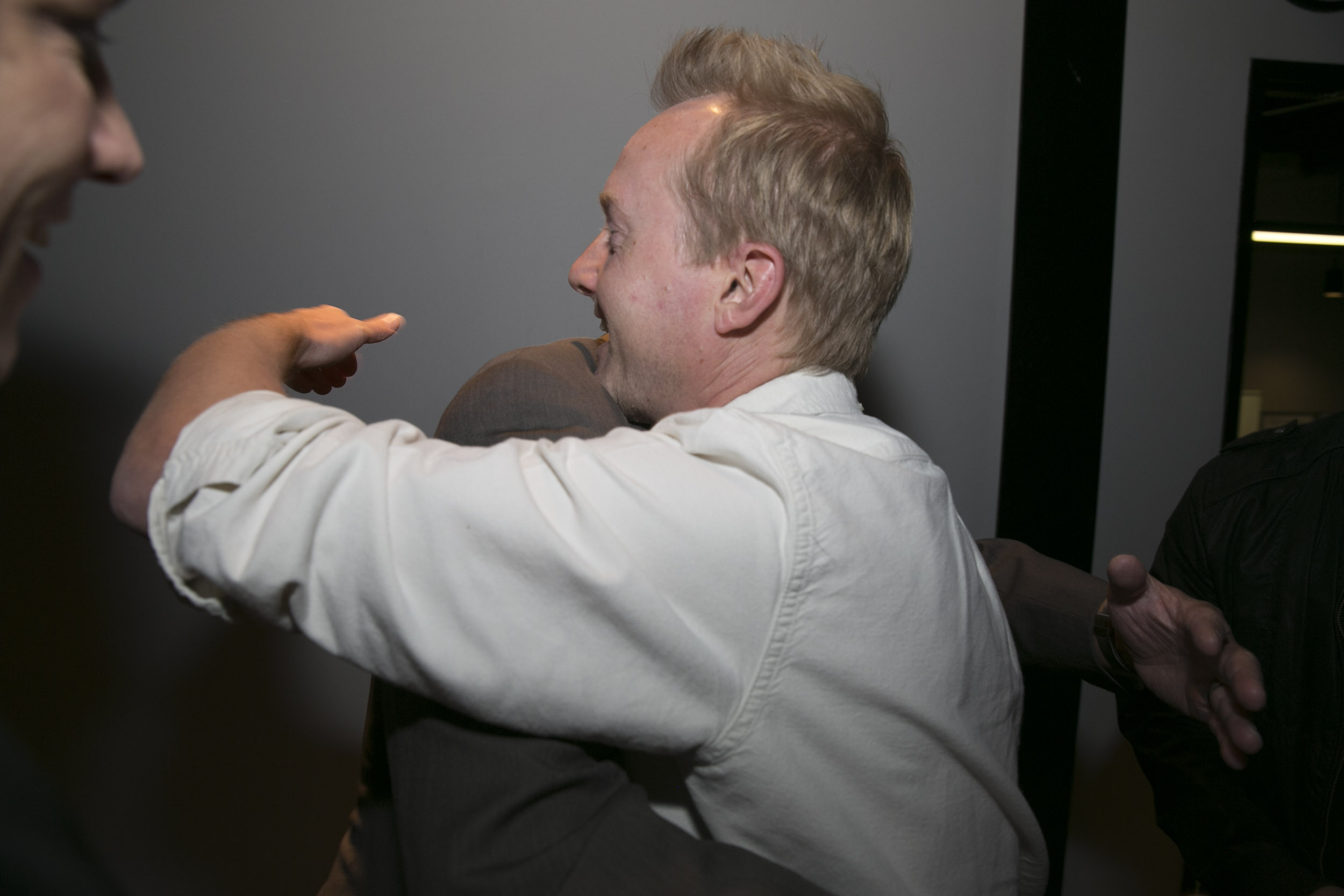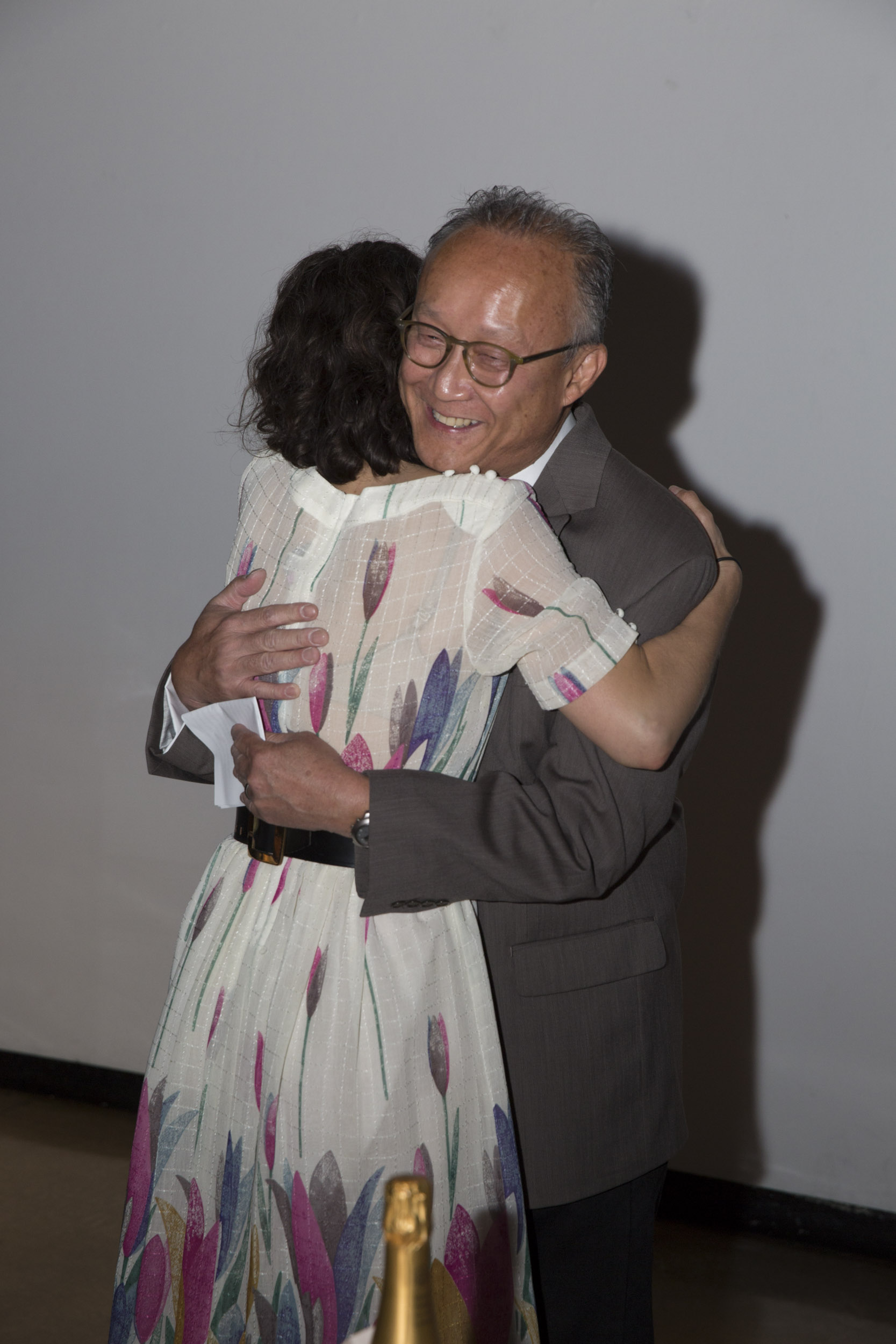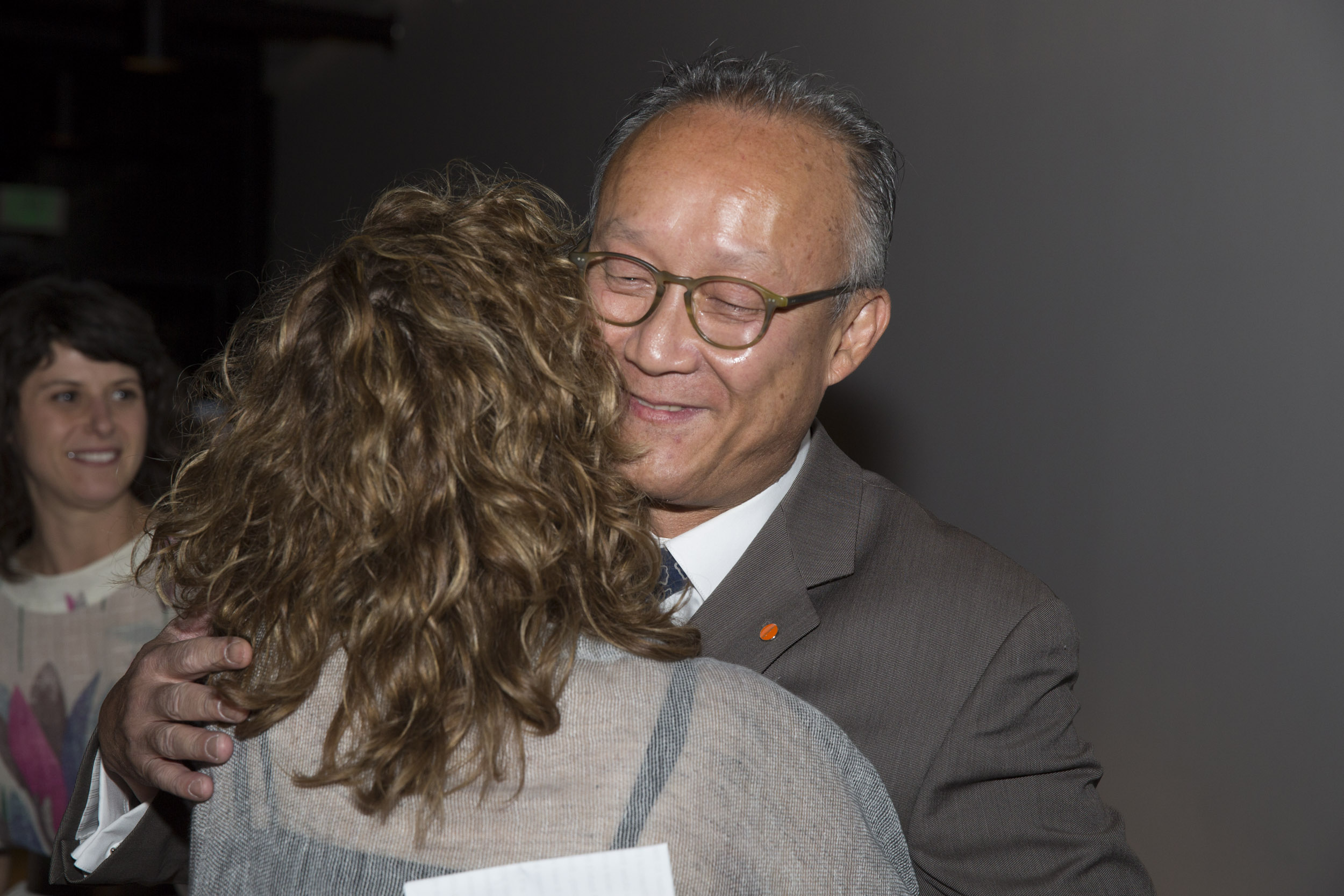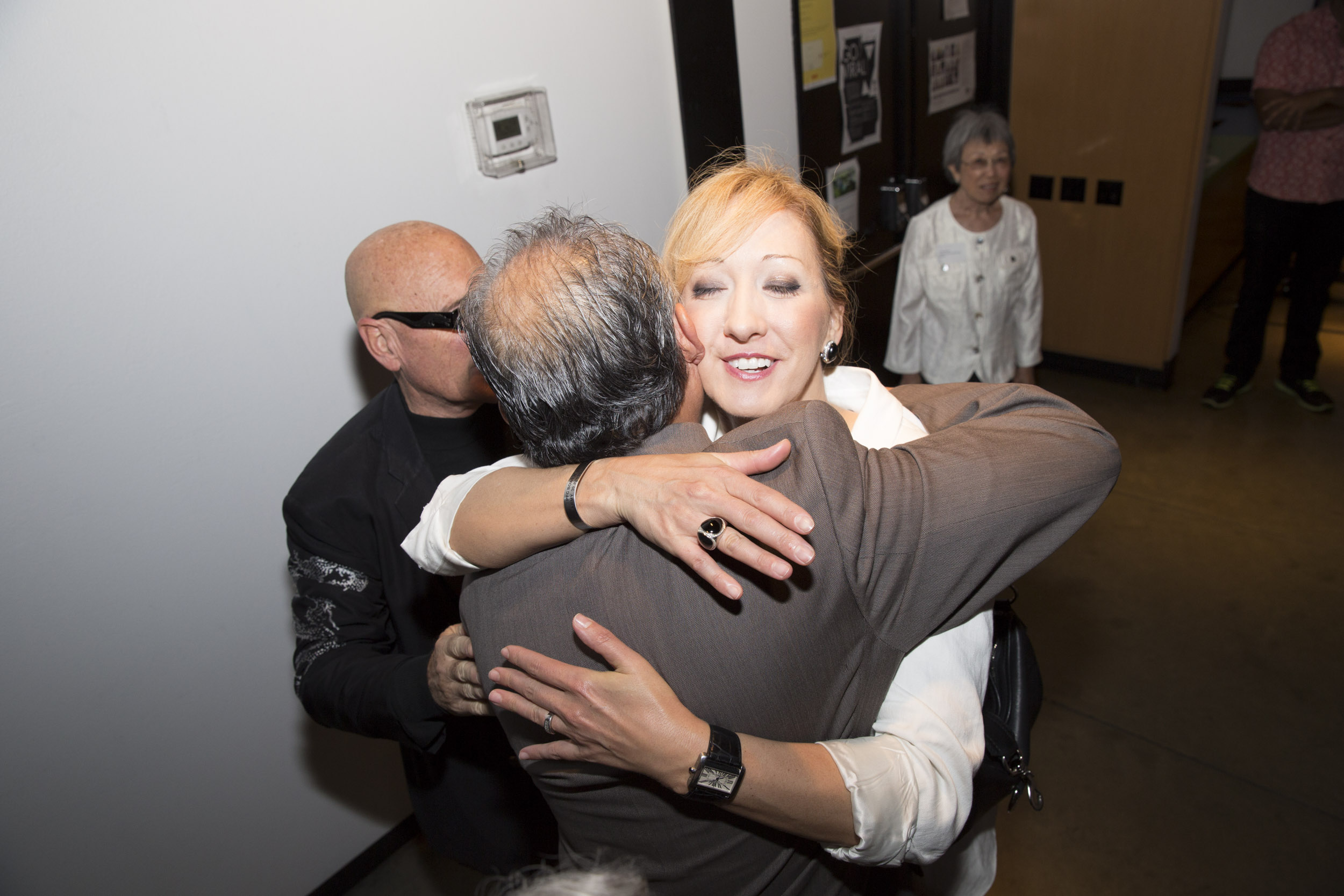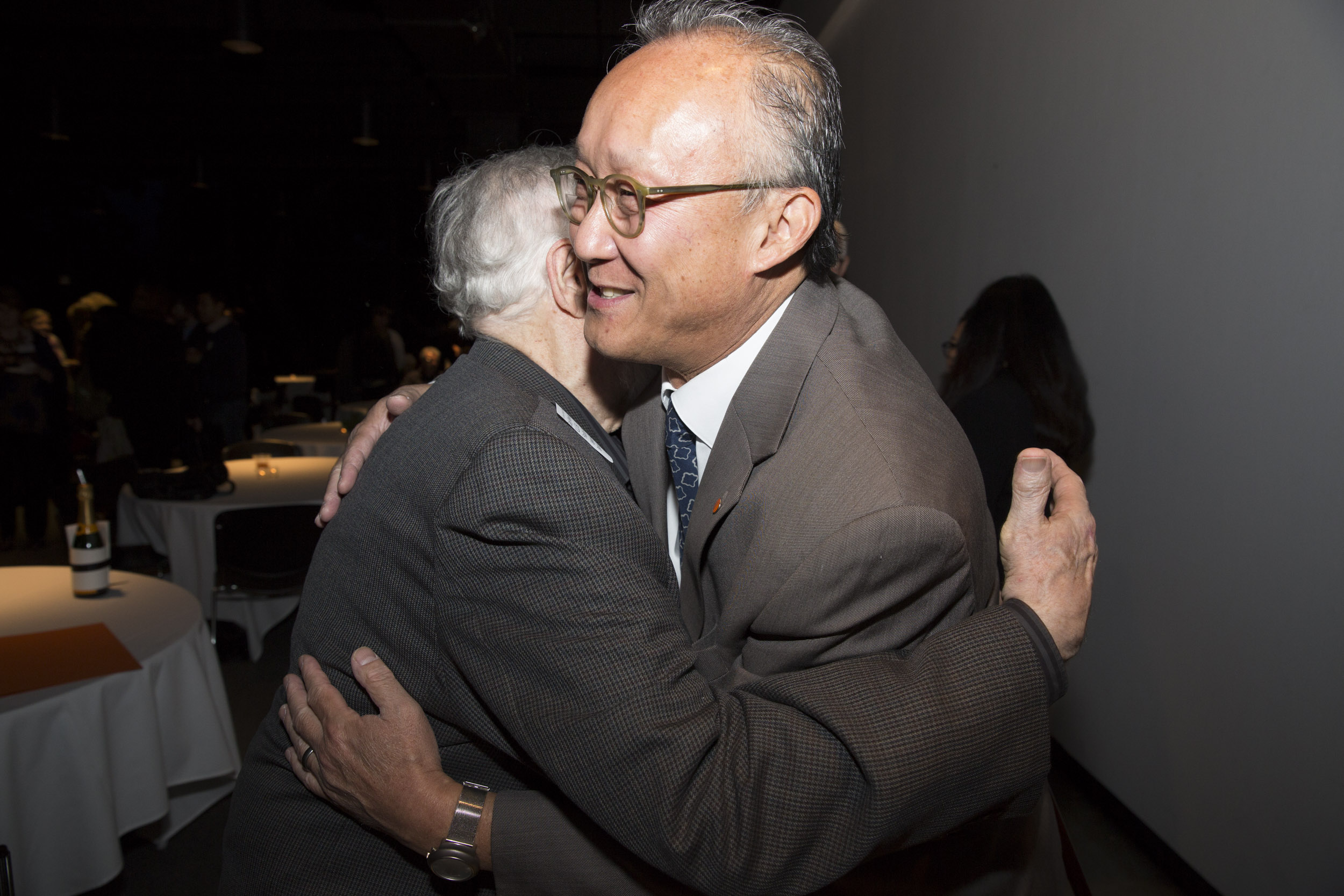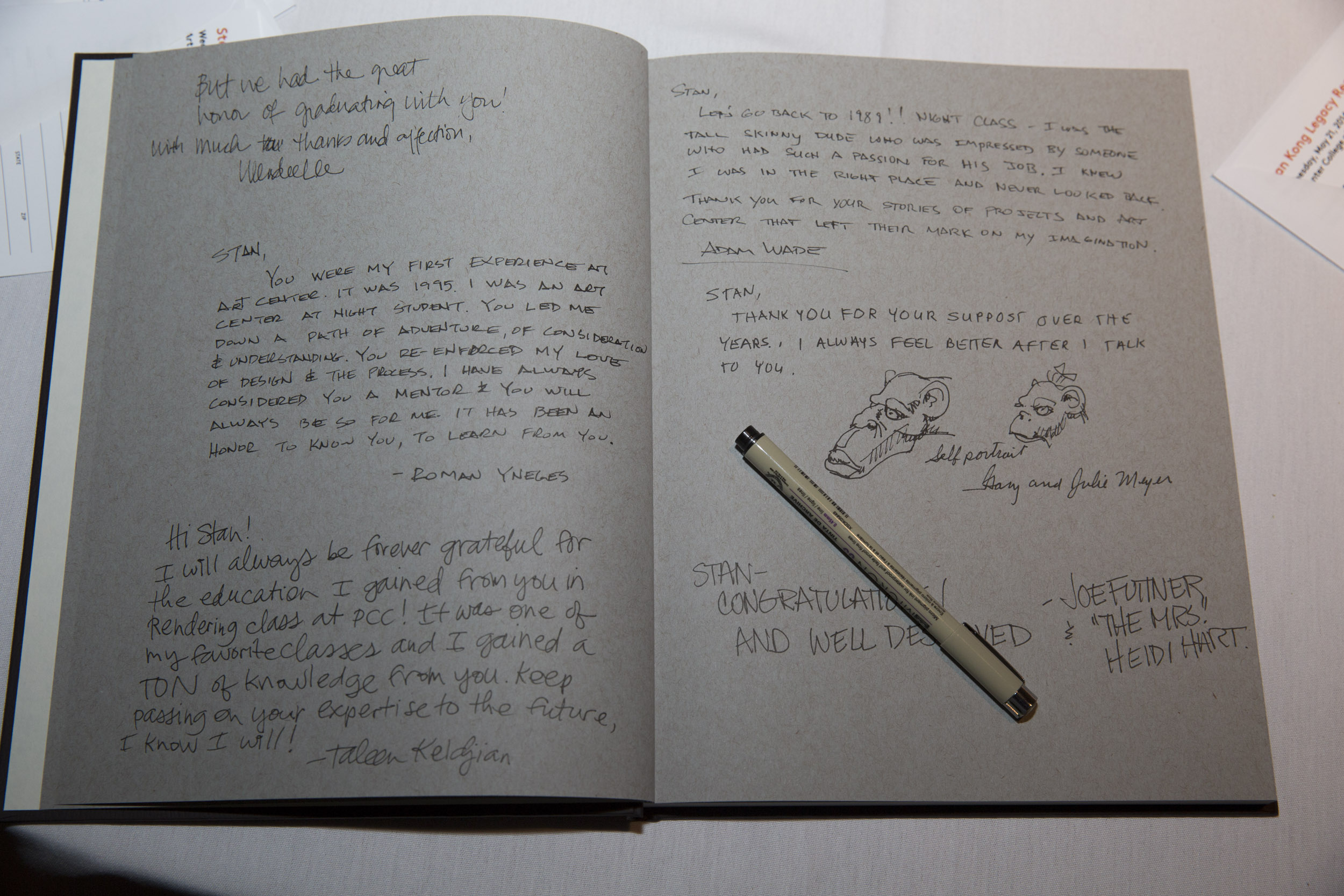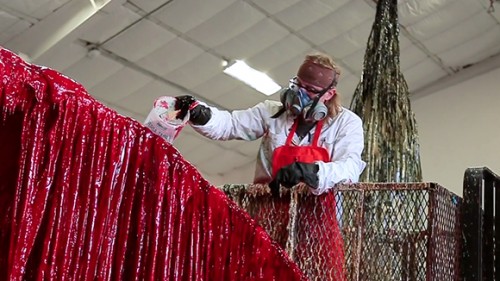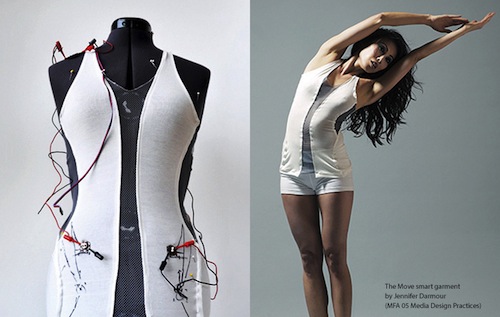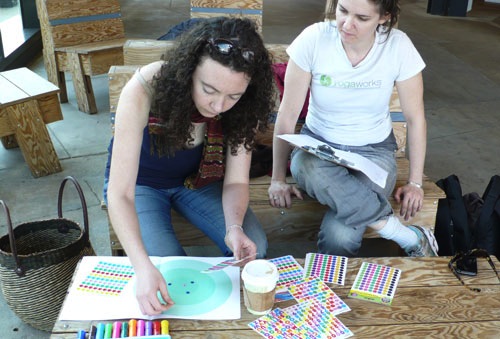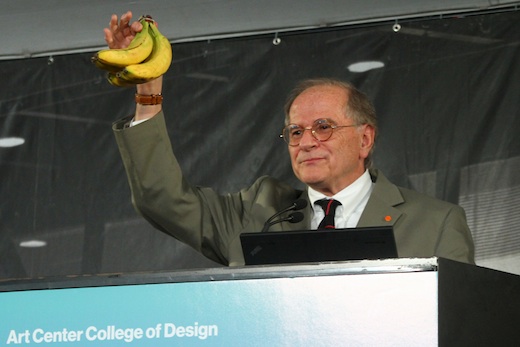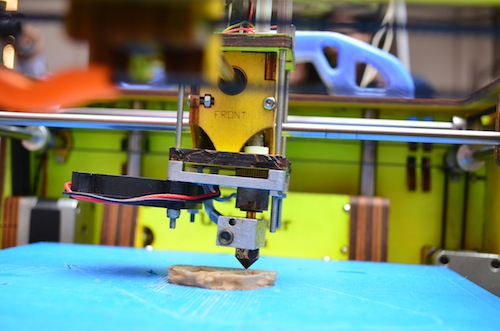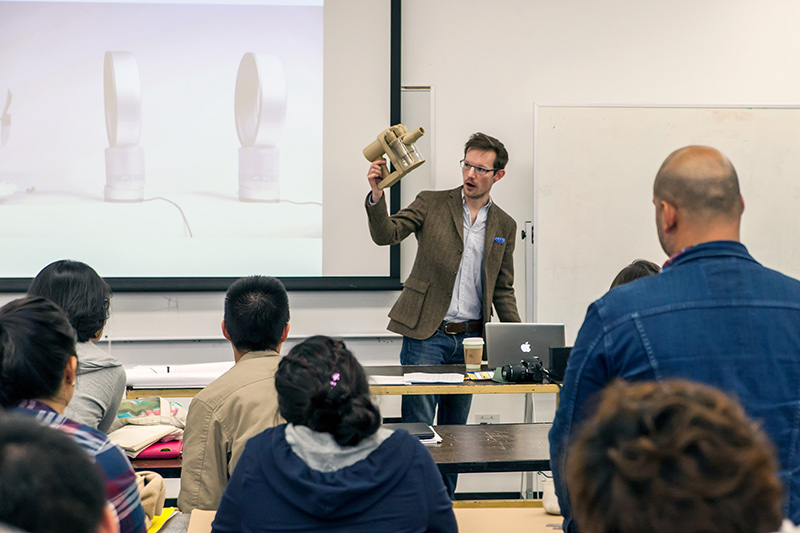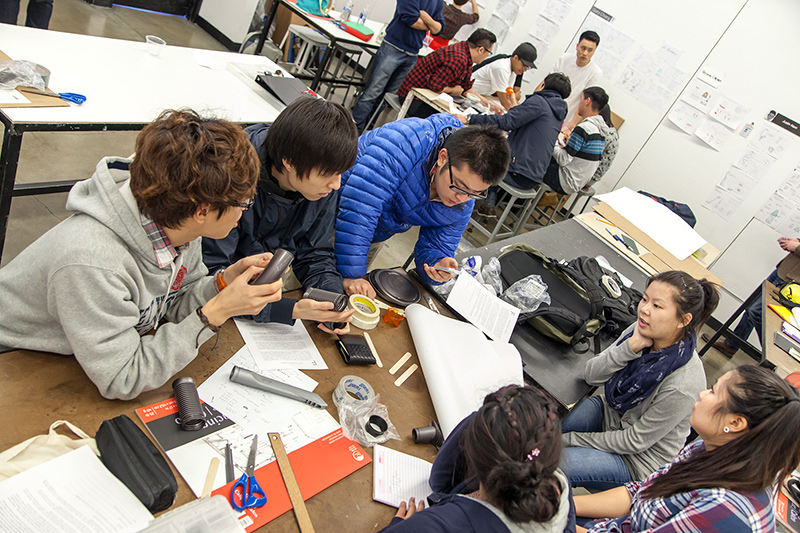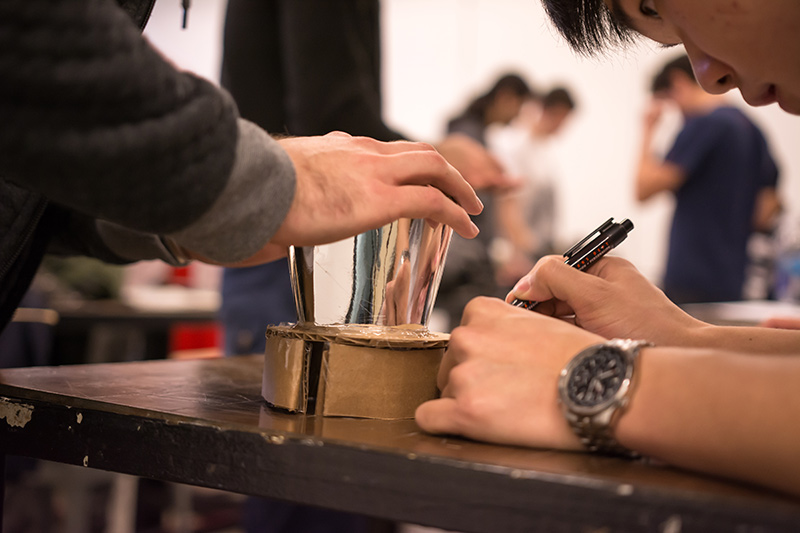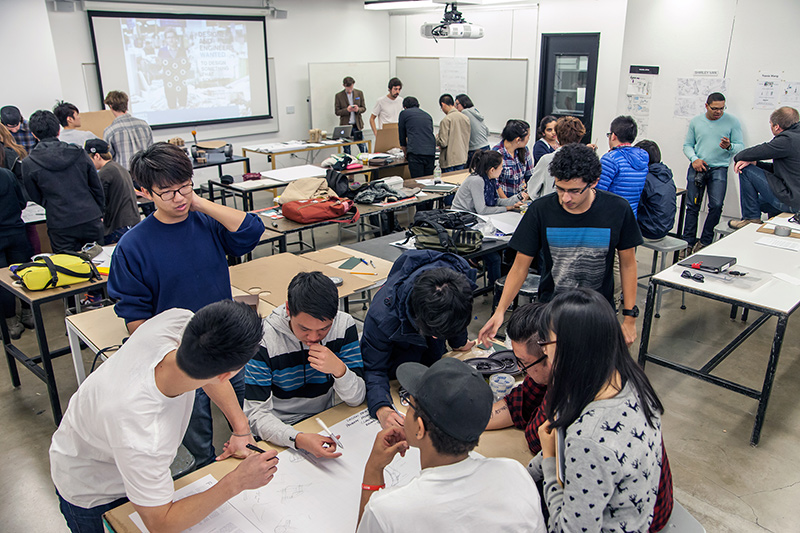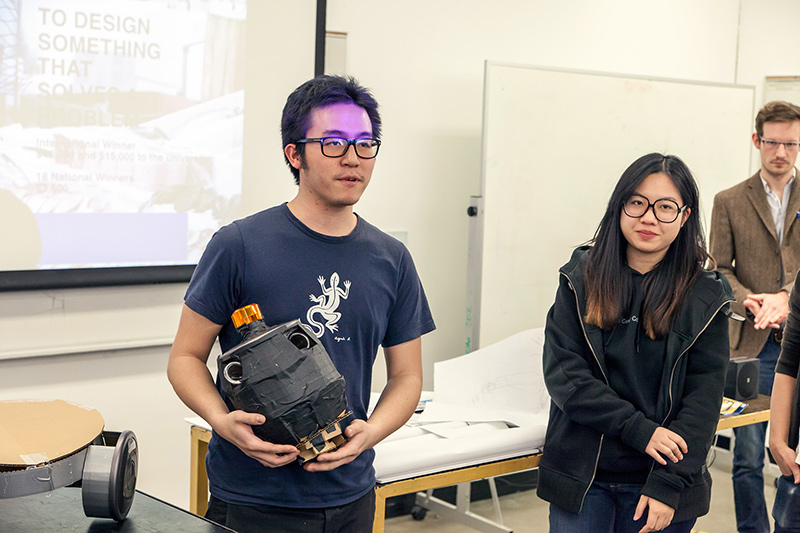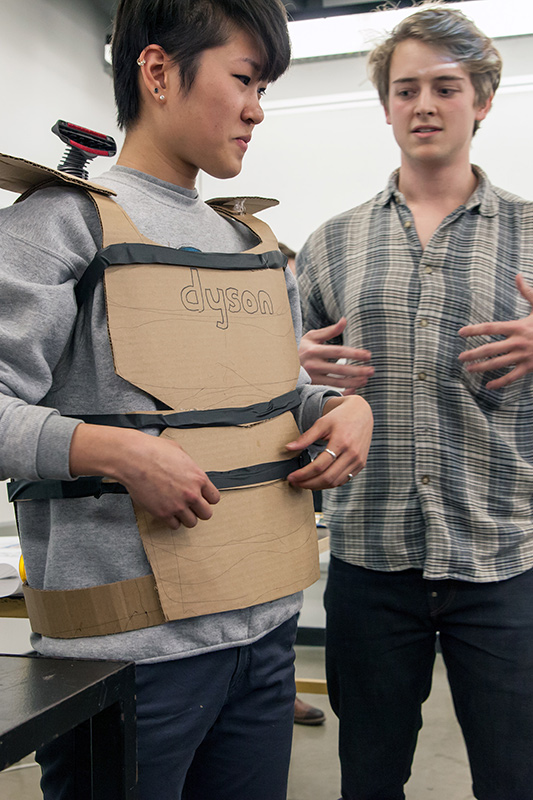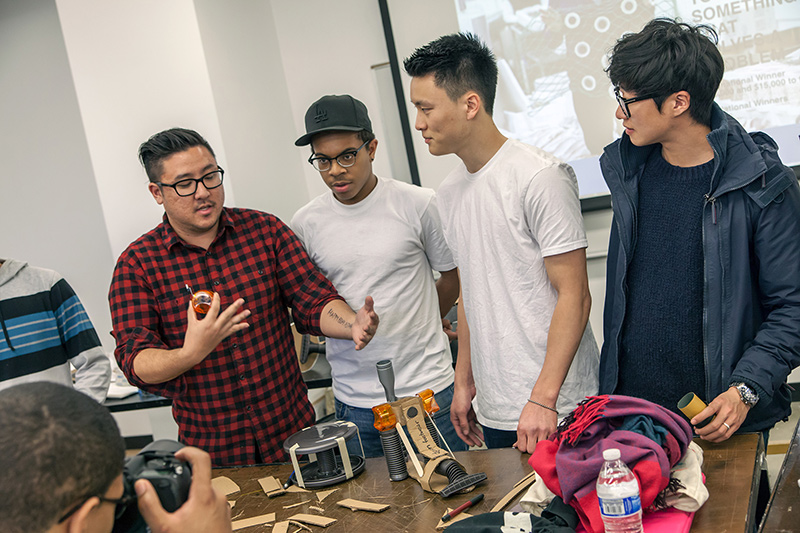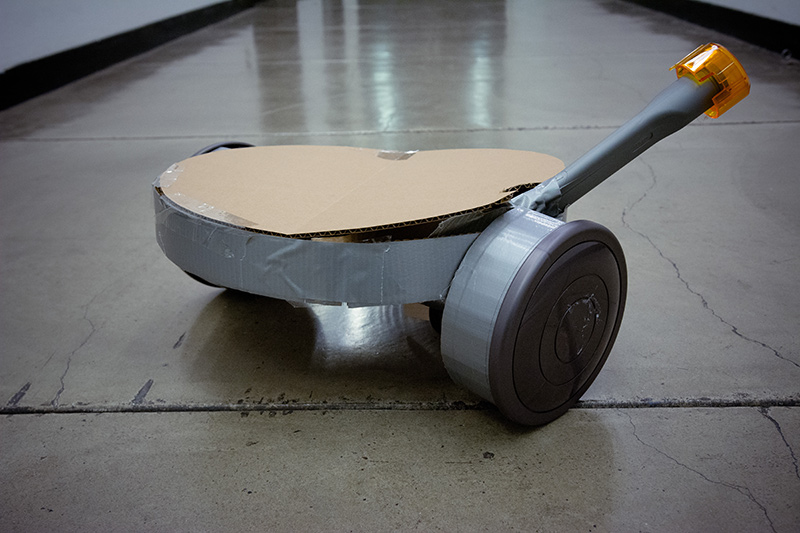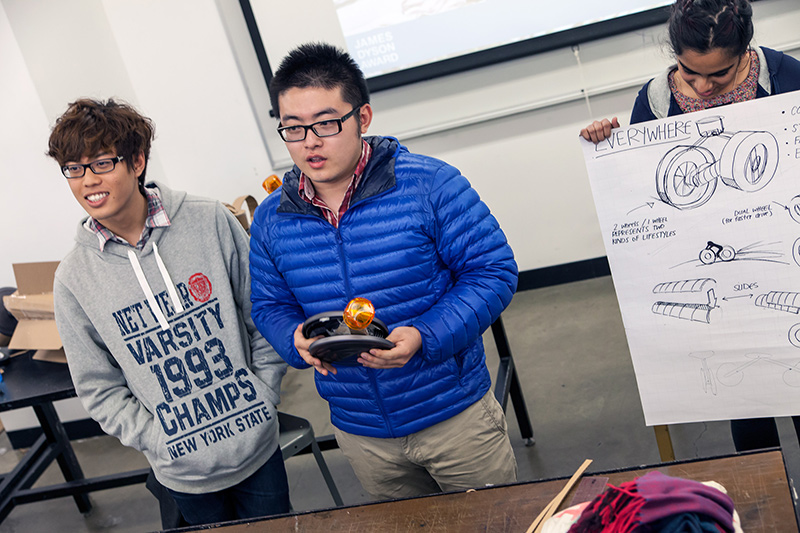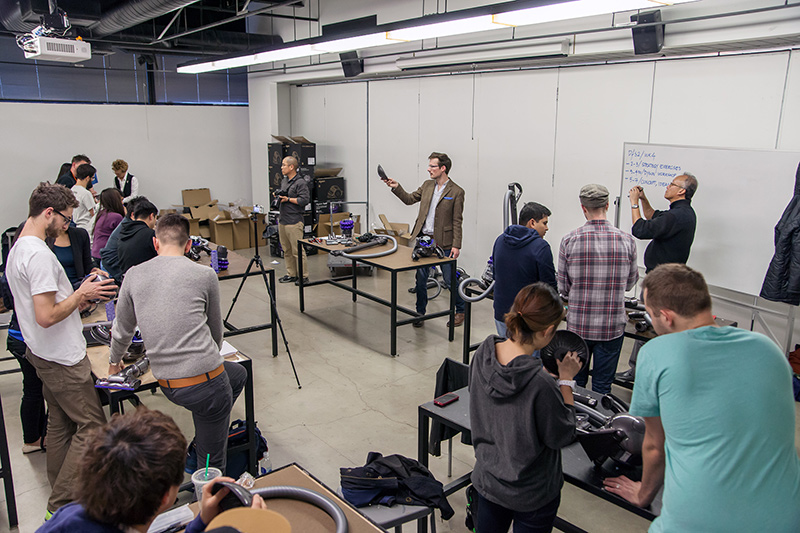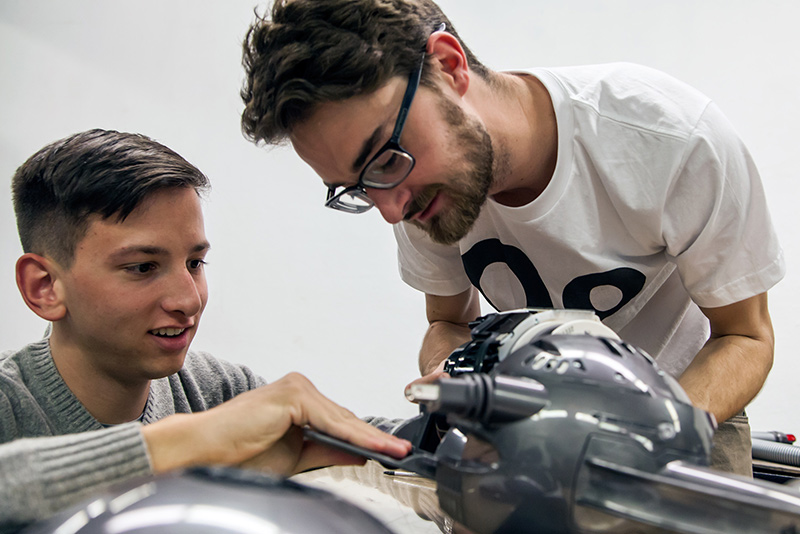Yves Behar has spent much of the past two decades inhabiting the rarefied air at the peak of design innovation. After graduating from Art Center College of Design in 1991 with a degree in Product Design, Behar became an early adopter in bringing a design ethos into the tech space, conceiving product identities for the likes of Apple and Hewlett-Packard. And in the years since founding his own forward-thinking industrial design and branding firm, Fuseproject, Behar has become something of an iconic brand in and of himself.
The above video represents the first in an ongoing series of video profiles of Art Center’s vanguard of mold-breaking, creatively audacious alumni. Behar welcomed Art Center’s video team into the hive of creative activity that is Fuseproject’s warehouse-like studio in San Francisco’s Mission District. The cavernous space was designed to promote collaboration and co-creation, with its long communal lunch table covered with bountiful fruit bowls full of healthy snacks, ripe for the picking. SodaStreams are stationed throughout the facility. And broad worktables are covered with mockup designs for top secret products that will most certainly one day make many lives easier, if not better. We hope you’ll come away as inspired as we were by Behar’s reflections on his own creative trajectory and the ways in which he’s continuing the Art Center tradition of learning to create and influencing change.

